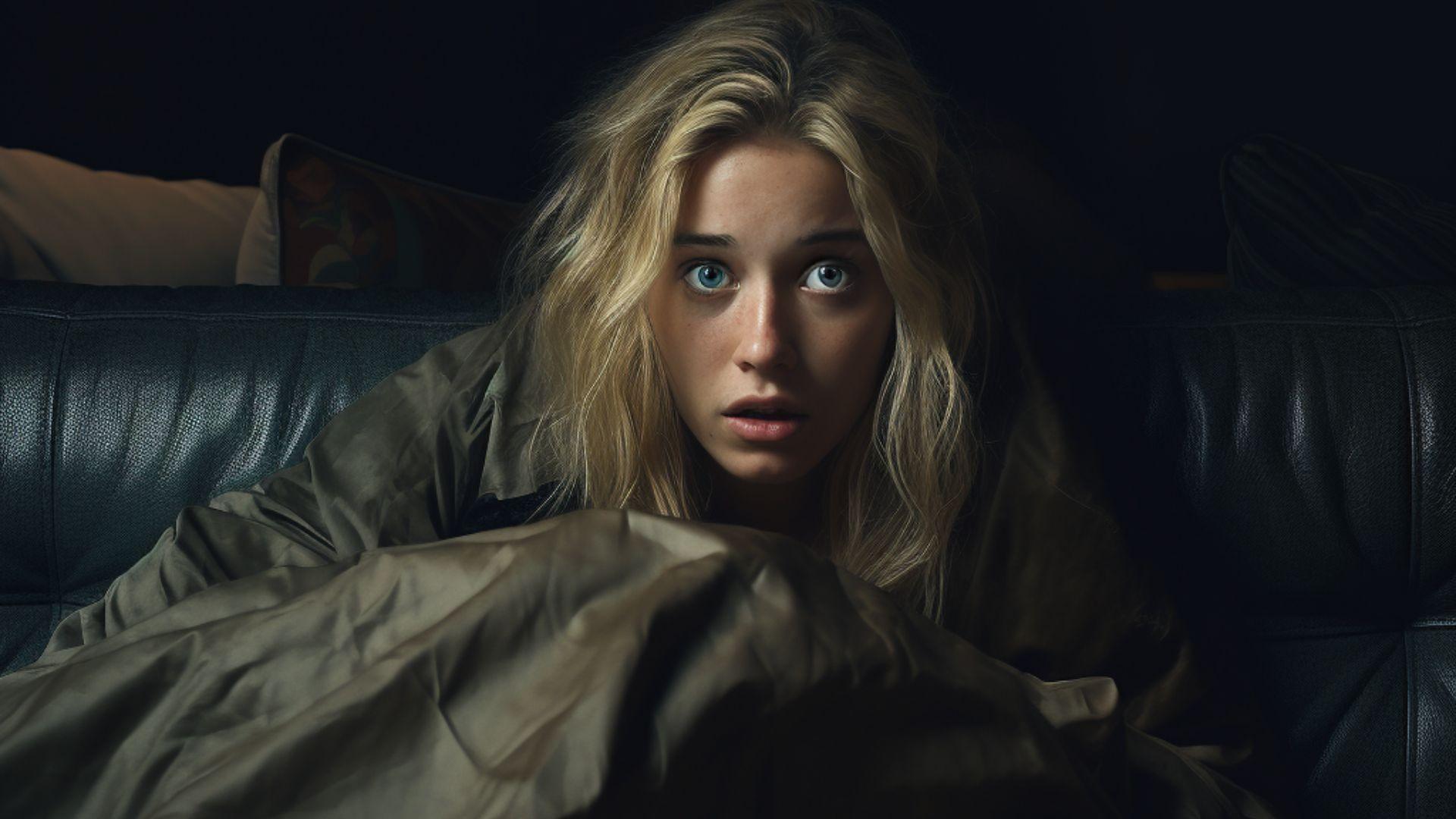Horror movies have a long-standing tradition of captivating audiences with dark and chilling narratives. Films that draw inspiration from real-life events, in particular, can tap into individuals’ deepest fears and reality, which blurs the line between fiction and reality.
Regardless of whether it’s an encounter with a serial killer or a chilling ghost story, these horror movies have a long-lasting impression on viewers.
Veronica (2017)
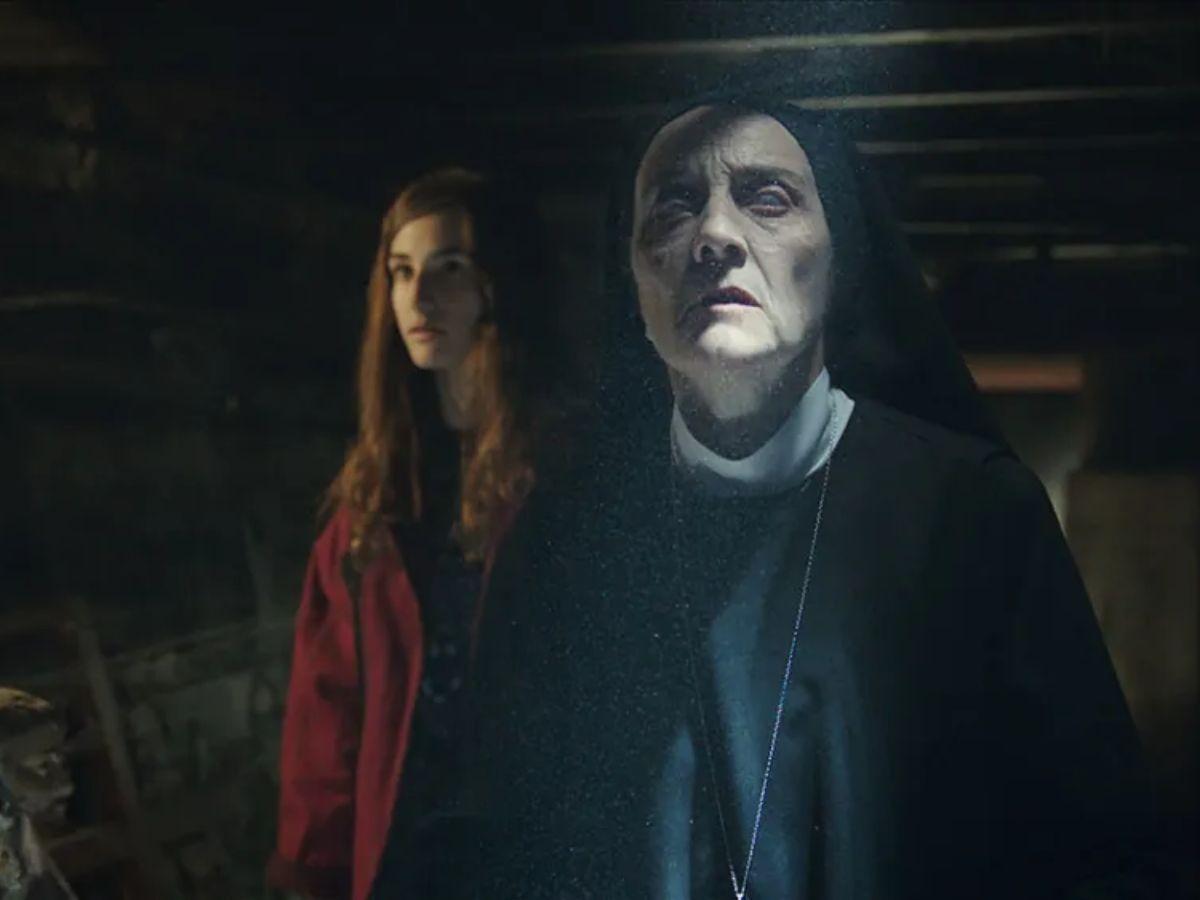
Veronica is based on the 1991 Estefania Gutierrez Lazaro’s case, who died after using the Ouija board. The movie follows Veronica and her friends going through a scene using the Ouija board.
After Estefania interacted with the Ouija board, she had experienced seizures, hallucinations, and other unexplained behavior. She was eventually found dead in her bedroom in 1991, with no explanation ever found.
The Conjuring 2 (2016)
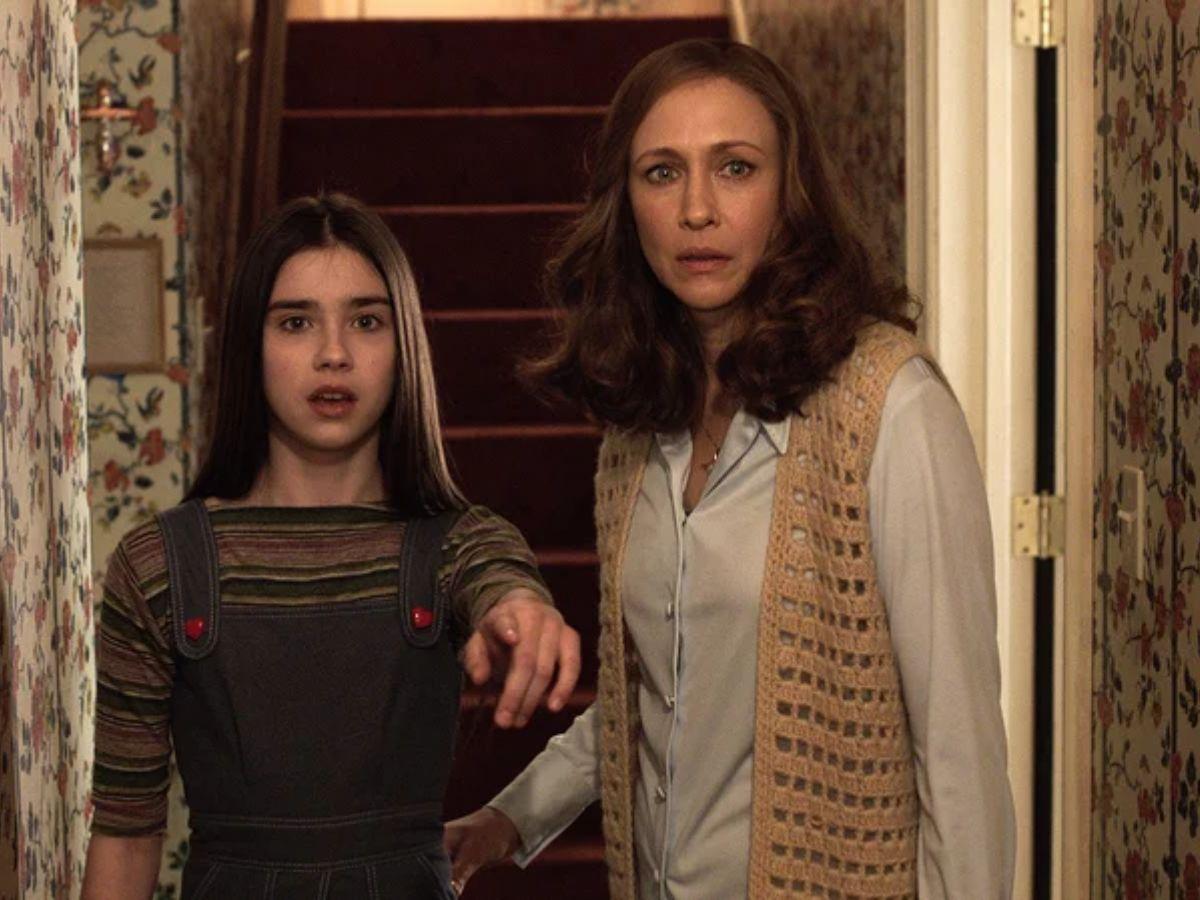
The Conjuring 2 is based on the experiences of Janet Hodgson. The film adaptation includes many actual reports, with some fictional additions for dramatic effect.
The true story is surrounded by controversy and accusations of a hoax, but the family stands firm that the events were real. The family claims to have experienced paranormal activity around their home like moving furniture, fires, and voices.
The Sacrament (2014)
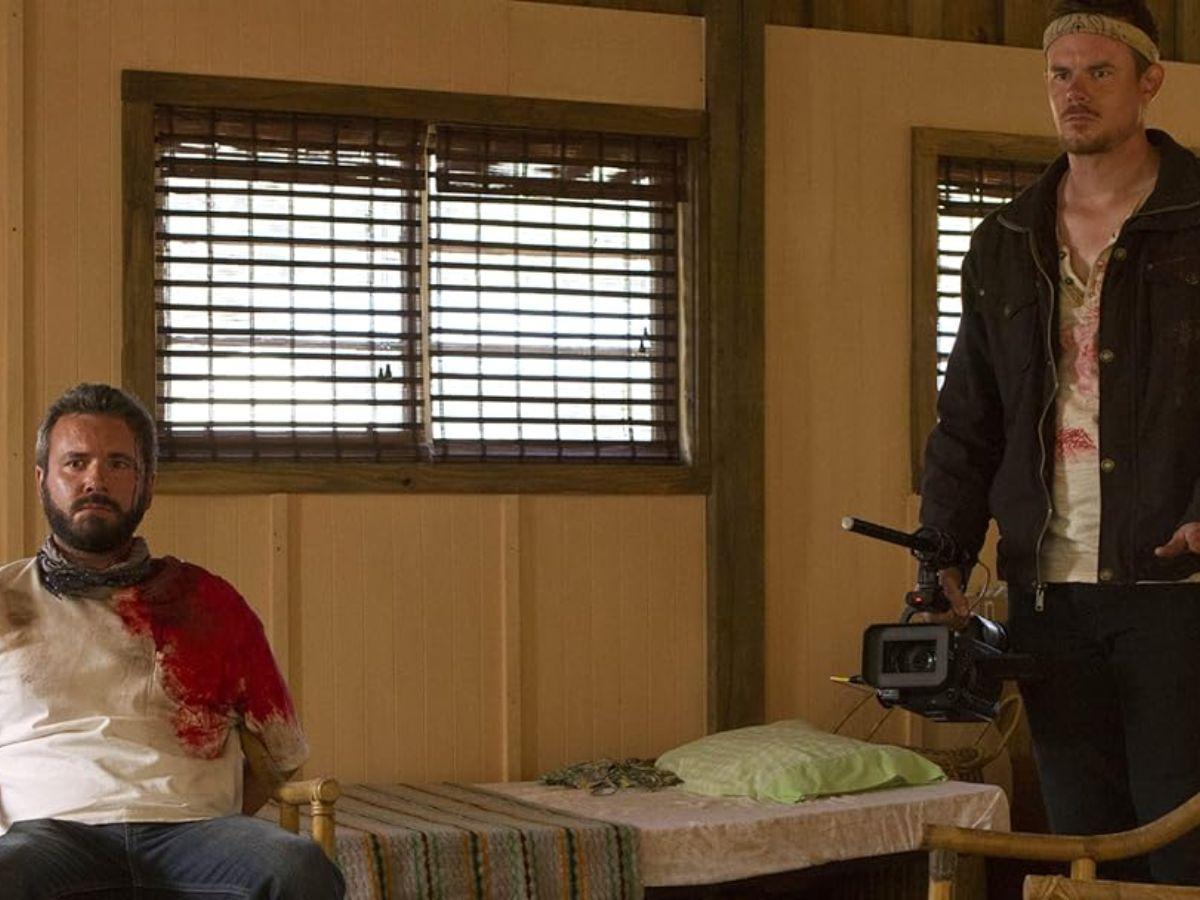
The Sacrament was inspired by the Jonestown massacre in Guyana in 1978. Over 900 members of the People’s Temple cult died by mass suicide/murder in Guyana.
The movie isn’t technically a complete retelling of the true story; it incorporates elements from the massacre to create a chilling and horrifying experience.
Annabelle (2014)
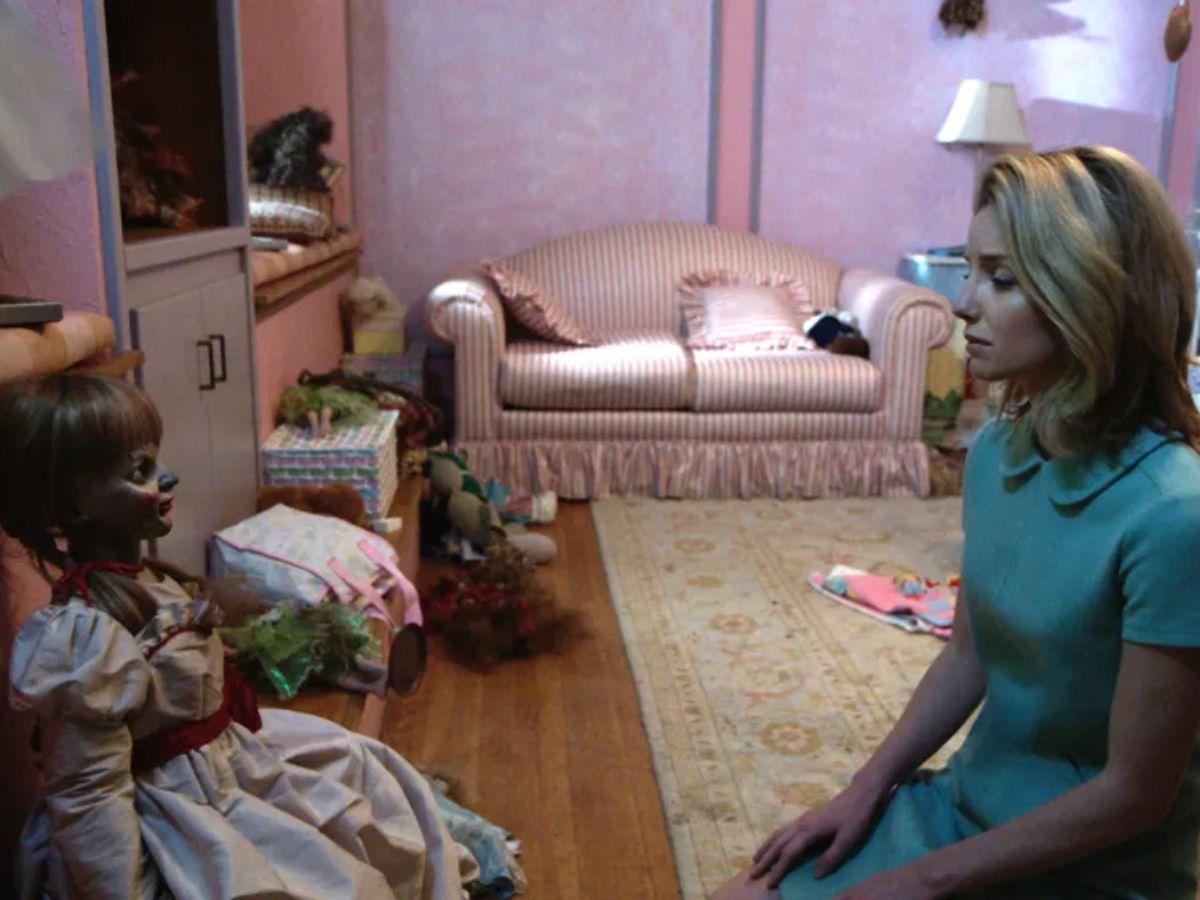
Annabelle is based on a doll currently housed in the Occult Museum of Ed and Lorraine Warren in Connecticut.
The doll’s alleged haunting and the events surrounding it have inspired a series of horror films, including “Annabelle” and its sequels.
The Conjuring (2013)
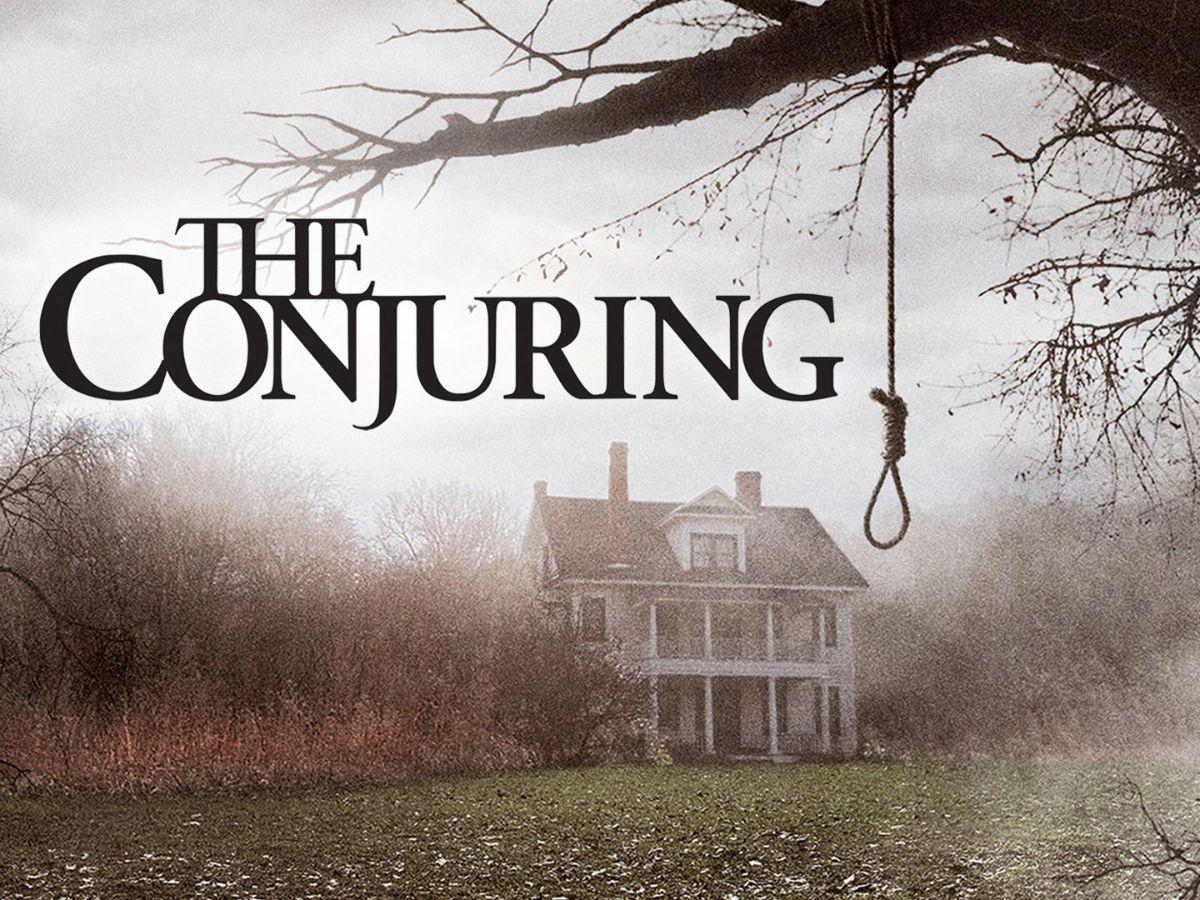
The Conjuring is based on case files from Ed and Lorraine Warren, who are paranormal investigators.
The film’s portrayal of the Perron family’s haunting and the involvement of the Warrens has sparked discussions about the authenticity of the events depicted in the movie.
The Possession (2012)
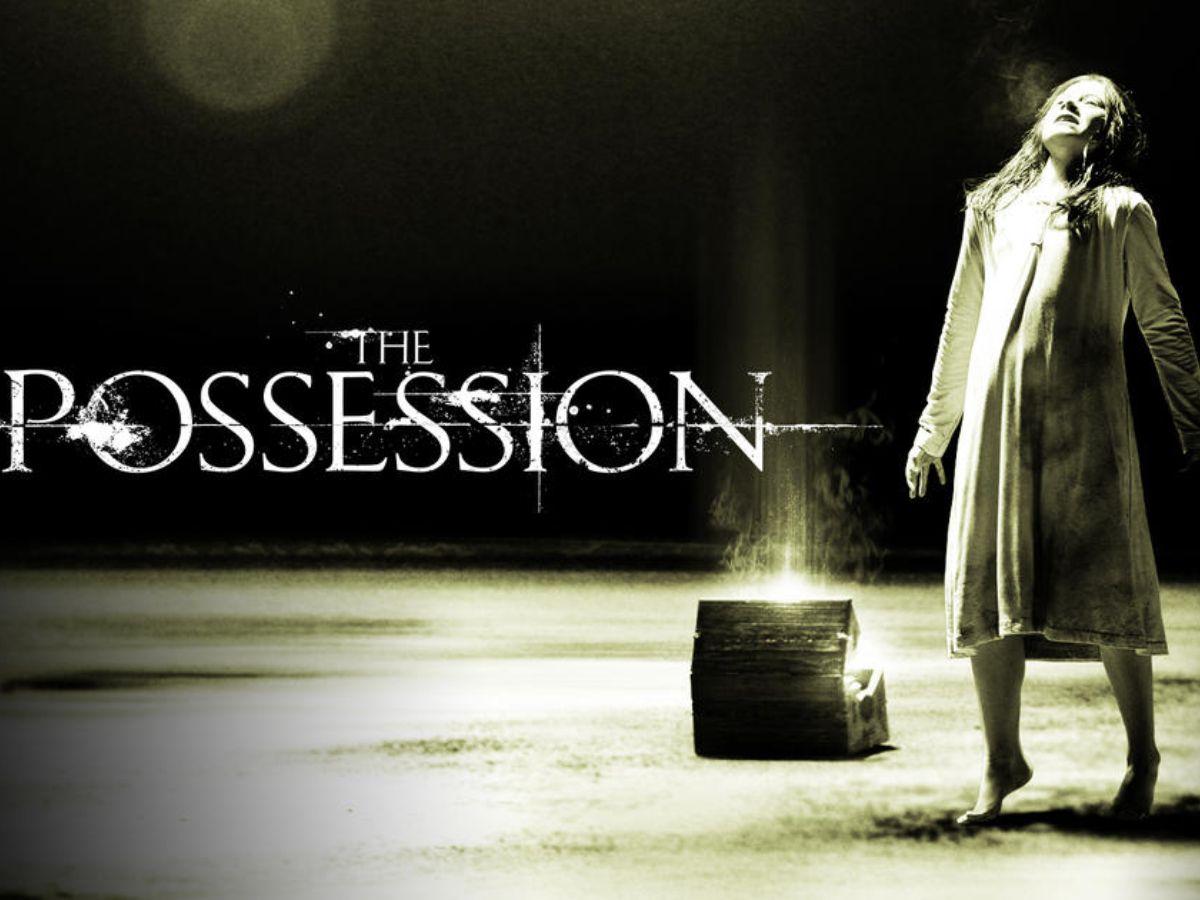
The Possession is inspired by the dybbuk box, widely considered one of the most haunted objects in the world.
The movie revolves around a separated couple who share custody of their two children. When the father takes his children to a yard sale, he picks up the dybbuk box after his daughter takes an interest in it. The box, etched with Hebrew letters, starts to have a negative effect on the daughter, leading to increasingly sinister behaviors and Possession.
The Snowtown Murders (2011)
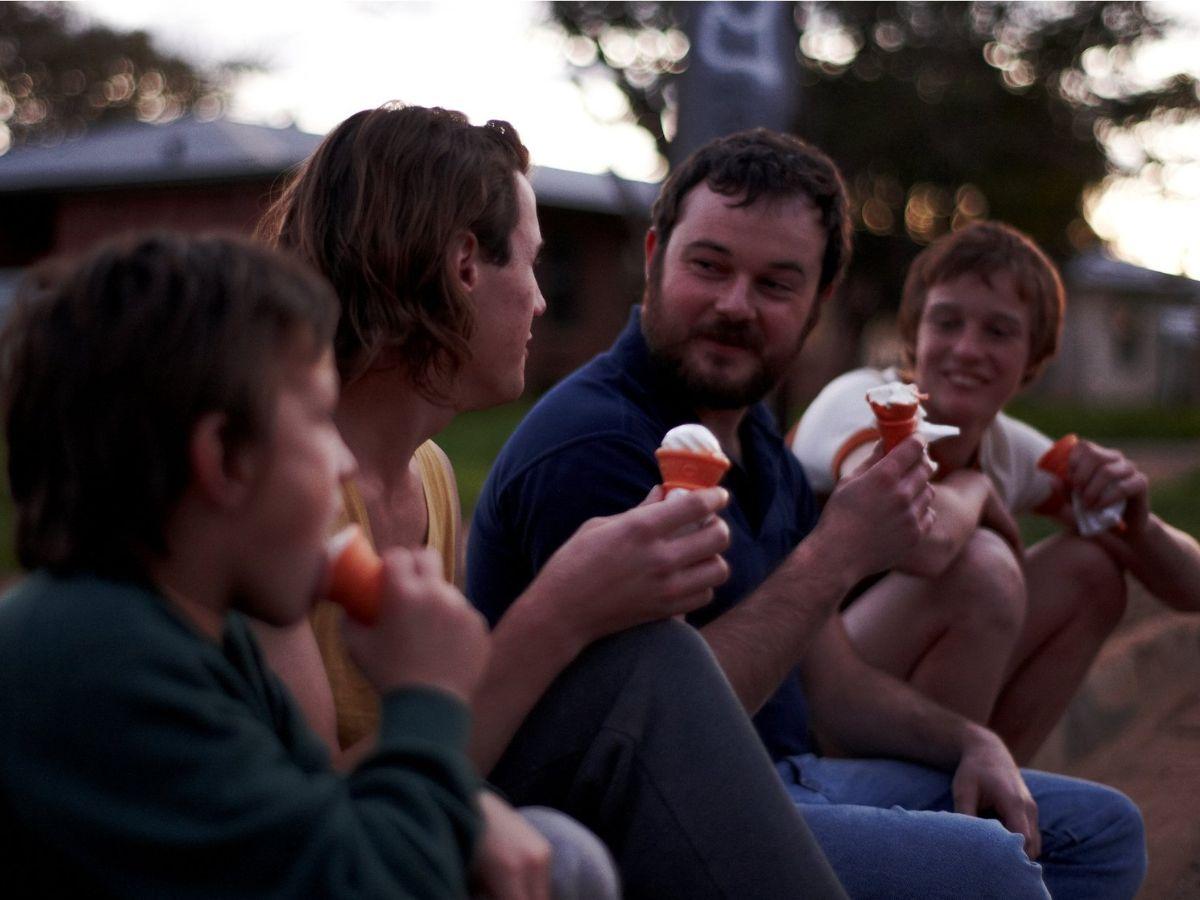
The Snowtown Murders is based on the Bodies in Barrels case, which was located in Snowtown, Australia, in the 1990s.
The movie is inspired by the crimes of John Bunting, James Vlassakis, Robert Wagner, and Mark Haydon, who were responsible for the brutal torture and murder of several victims.
The Haunting in Connecticut (2009)
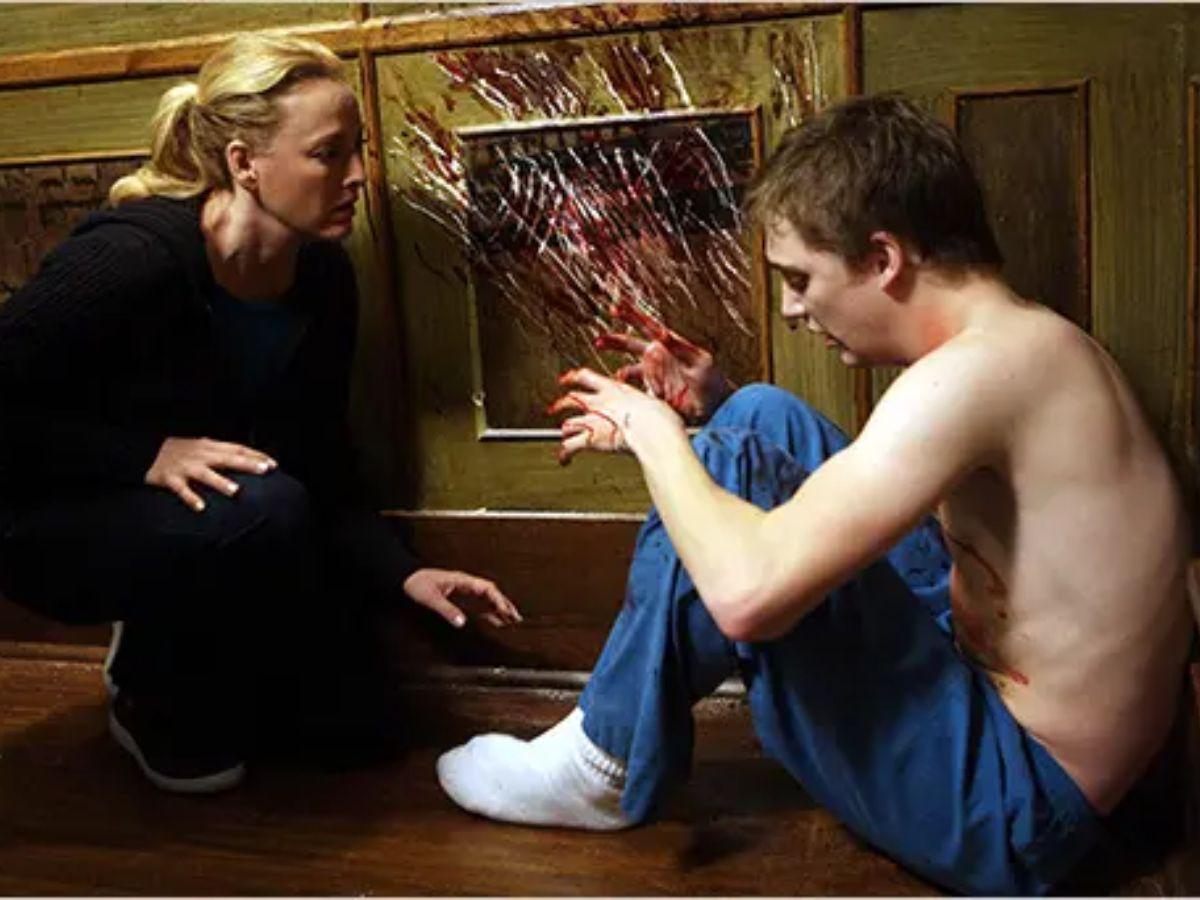
This horror film is based on the haunting of the Snedeker family in Southington, Connecticut.
The film covers horrific encounters with the supernatural, including disturbing visions and ghostly apparitions.
The Strangers (2007)
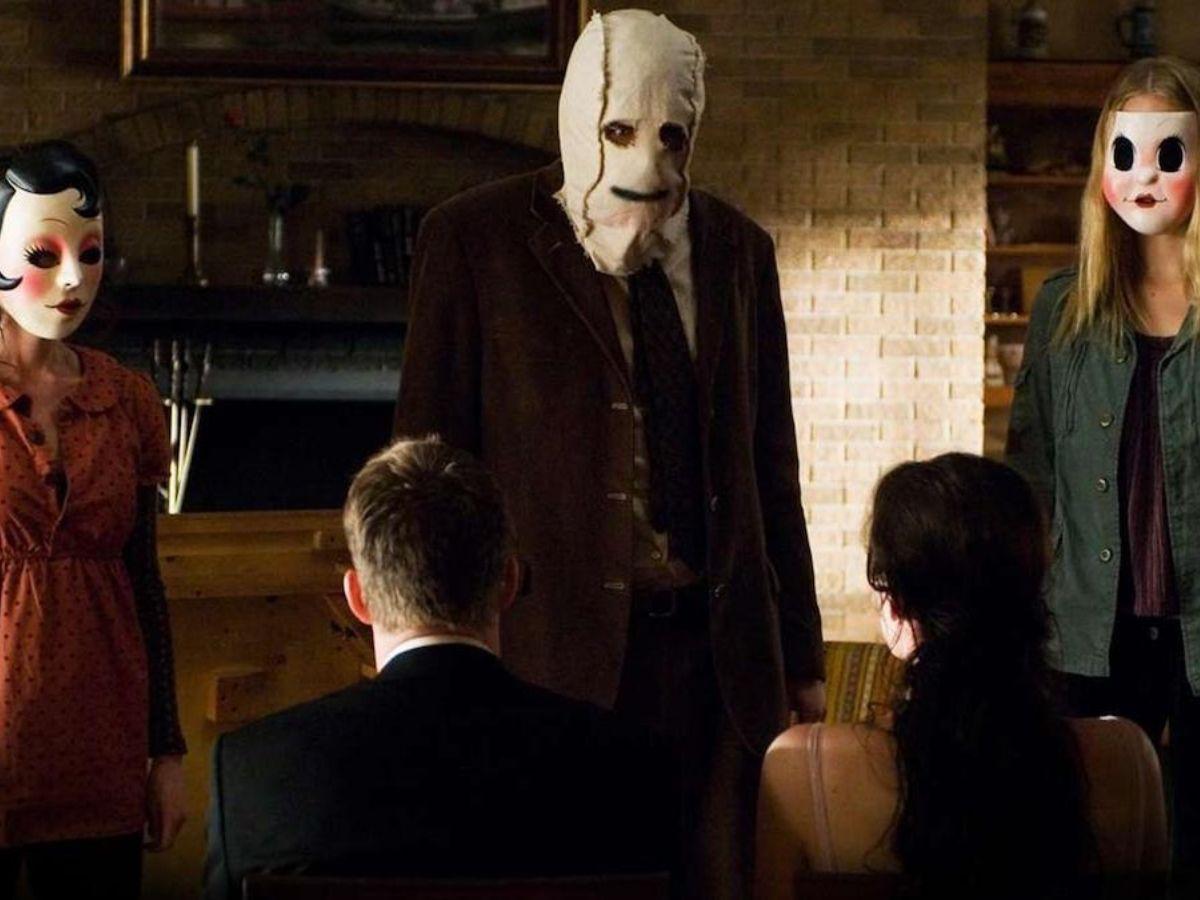
The Strangers is based on a few different real-life events, like the murders of the Manson family and the Keddie Cabin murders.
The movie’s realistic scenario of a home invasion adds to its terrifying nature, as it could happen to anyone, making it more unsettling than supernatural horror.
The Girl Next Door (2007)
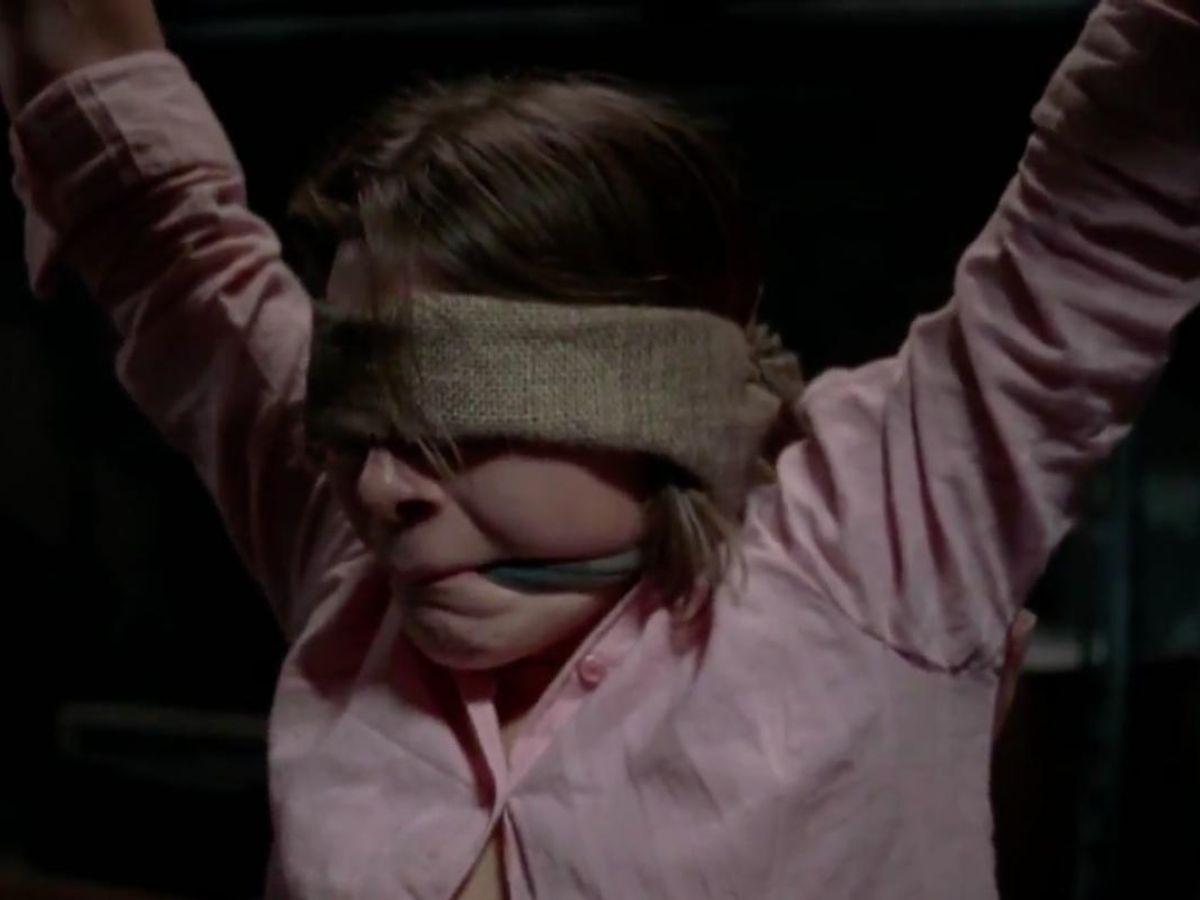
The Girl Next Door is based on Jack Ketchum’s novel, which drew inspiration from the murder of Sylvia Likens. Despite being considered a horror film, the director considers it more of a dark drama as it explores tragic events and cases of abuse.
The film’s ability to capture the events perfectly leads to it being known for its exceptional level of cruelty. The story of Sylvia Likens involves cruel abuse, torture, and sexual assault which lasted for several months.
Black Water (2007)
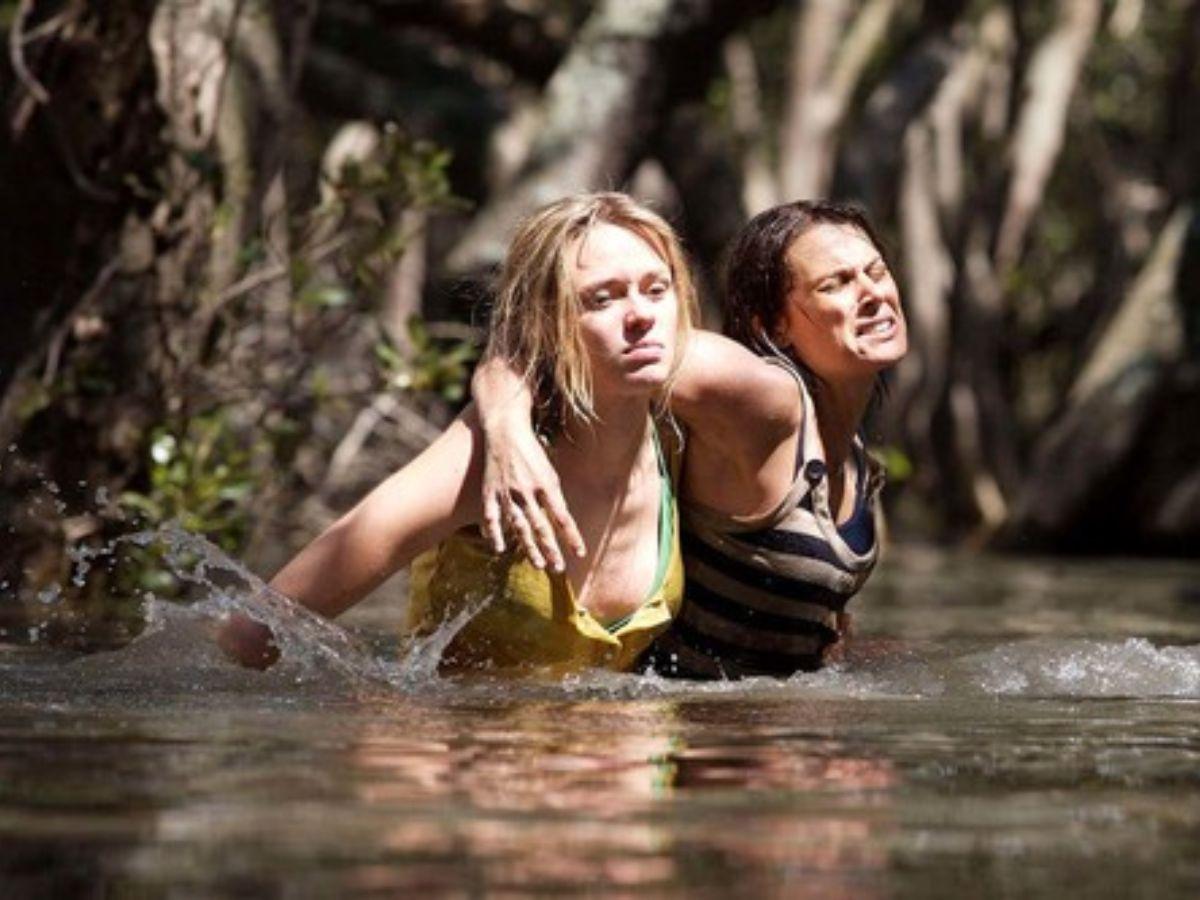
Black Water is an Australian film inspired by a true story of a crocodile attack in Australia’s Northern Territory. The movie follows a pregnant woman, her boyfriend, and her sister, who take a boat tour of a mangrove swamp and are terrorized by a ferocious saltwater crocodile.
The film does have a fictionalized adaptation; it draws from real-life incidents to create a chilling and intense cinematic experience.
Borderland (2007)
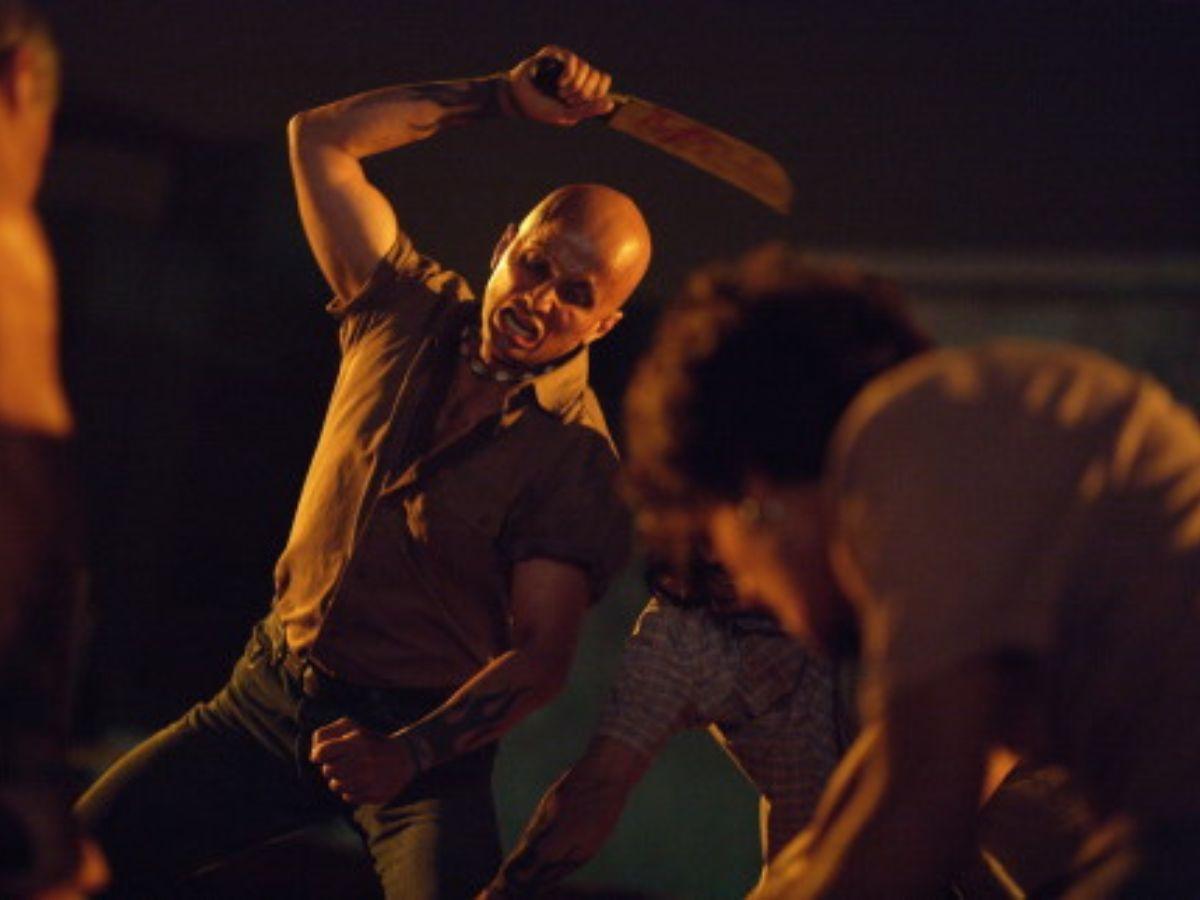
Borderland is a film based on the true story of Adolfo de Jesus Constanzo, who was a drug lord and leader of a religious cult. The plot follows a group of college friends on a trip to Mexico who stumble upon a human-sacrifice cult.
The film adds elements of the true story and also incorporates creative liberties to create a horror narrative.
Zodiac (2007)
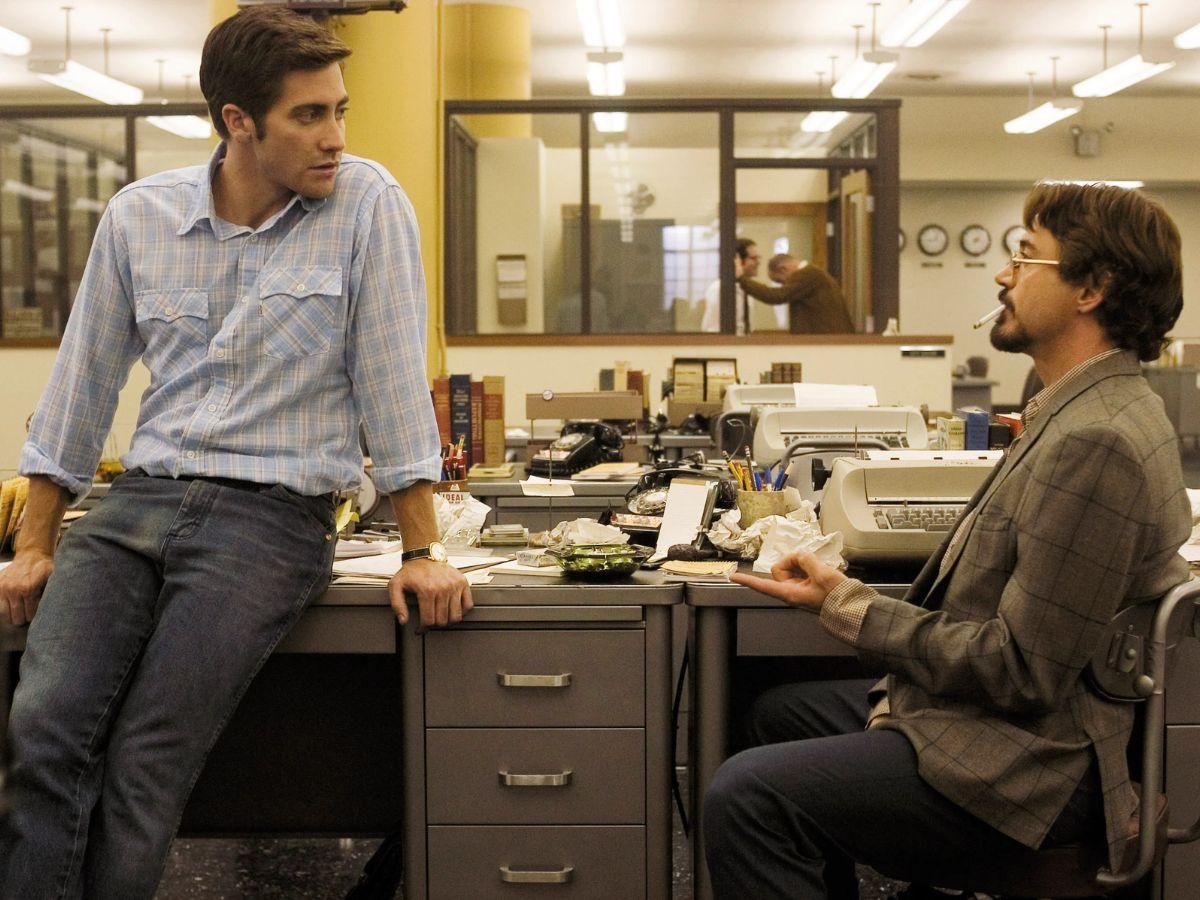
Zodiac is the retelling of one of the most curious murder cases of all time, the Zodiac killer. The killer supposedly murdered thirty-seven people, and the killer remains free to this day.
The film closely follows the real events and is based on two books by cartoonist-turned-journalist Robert Graysmith: “Zodiac” and “Zodiac Unmasked.”
Wolf Creek (2005)
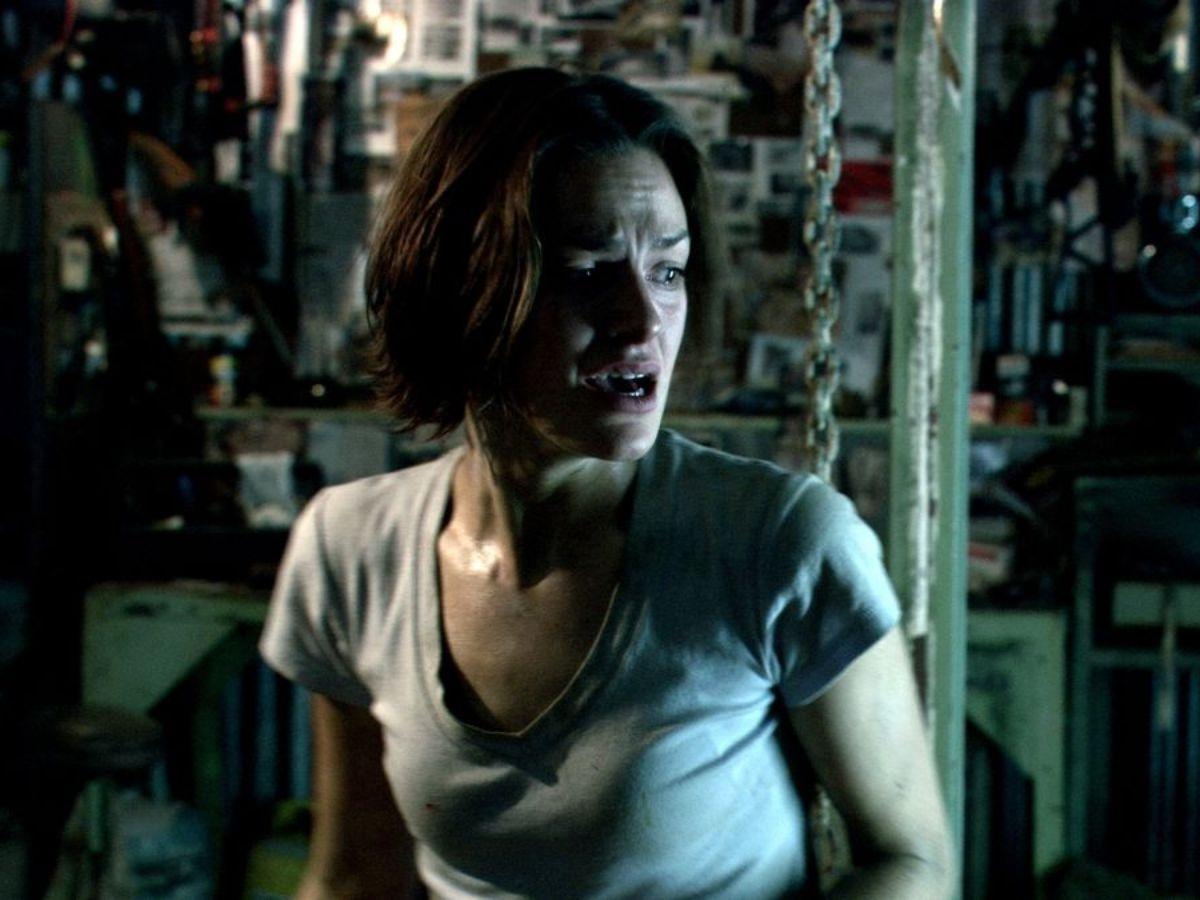
Wolf Creek is based on a few notorious criminals, such as Bradley Murdoch and Ivan Milan. Bradley and Ivan are known for targeting backpackers on hikes.
The movie’s portrayal of extreme violence and the underbelly of Australia has sparked discussions about its connection to the actual crimes that inspired it.
The Exorcism of Emily Rose (2005)
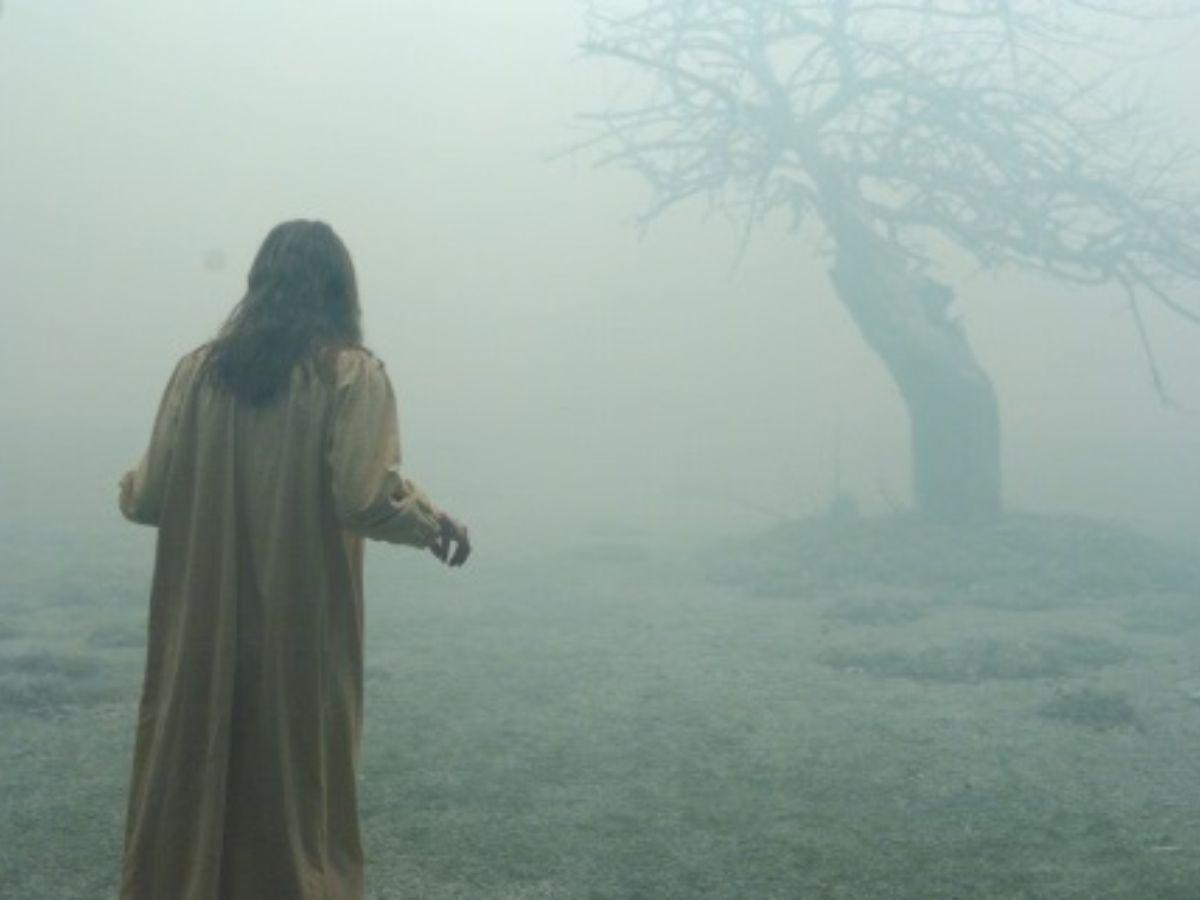
This horrifying movie is based on the life of Anneliese Michel, a German woman who supposedly possessed and would eventually die because of it.
The film follows a self-proclaimed agnostic lawyer defending a parish priest accused of negligent homicide after performing an exorcism on Emily Rose, a 19-year-old student.
Open Water (2003)
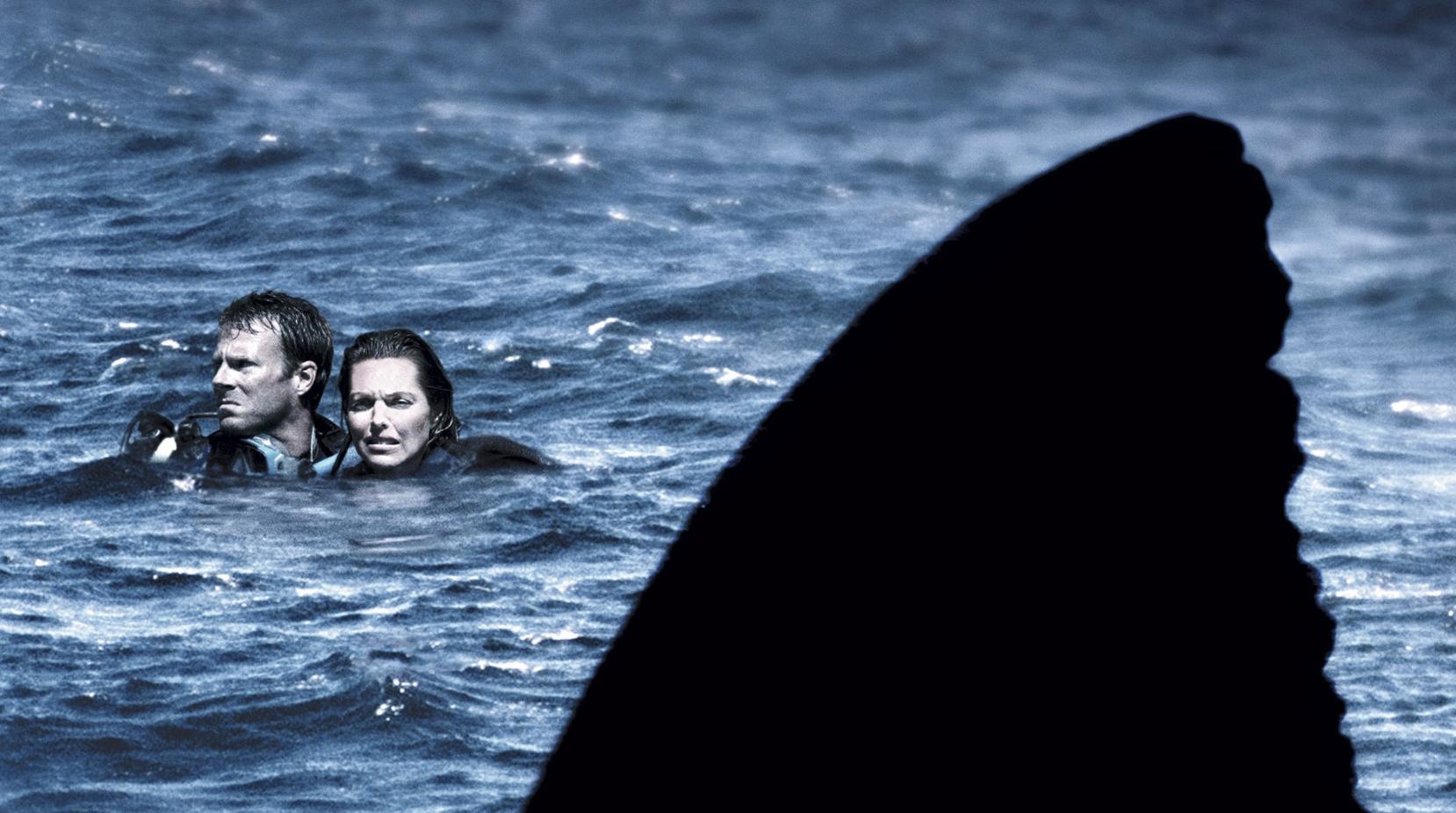
Open Water is based on the story of Tom and Eileen Lonergan, a couple left behind while scuba diving the Great Barrier Reef in Australia. Tom and Eileen were never found despite extensive search efforts.
The movie’s portrayal of the couple’s harrowing ordeal and the terrifying circumstances of being left behind at sea without hope of rescue contributed to its chilling and realistic impact.
The Mothman Prophecies (2002)
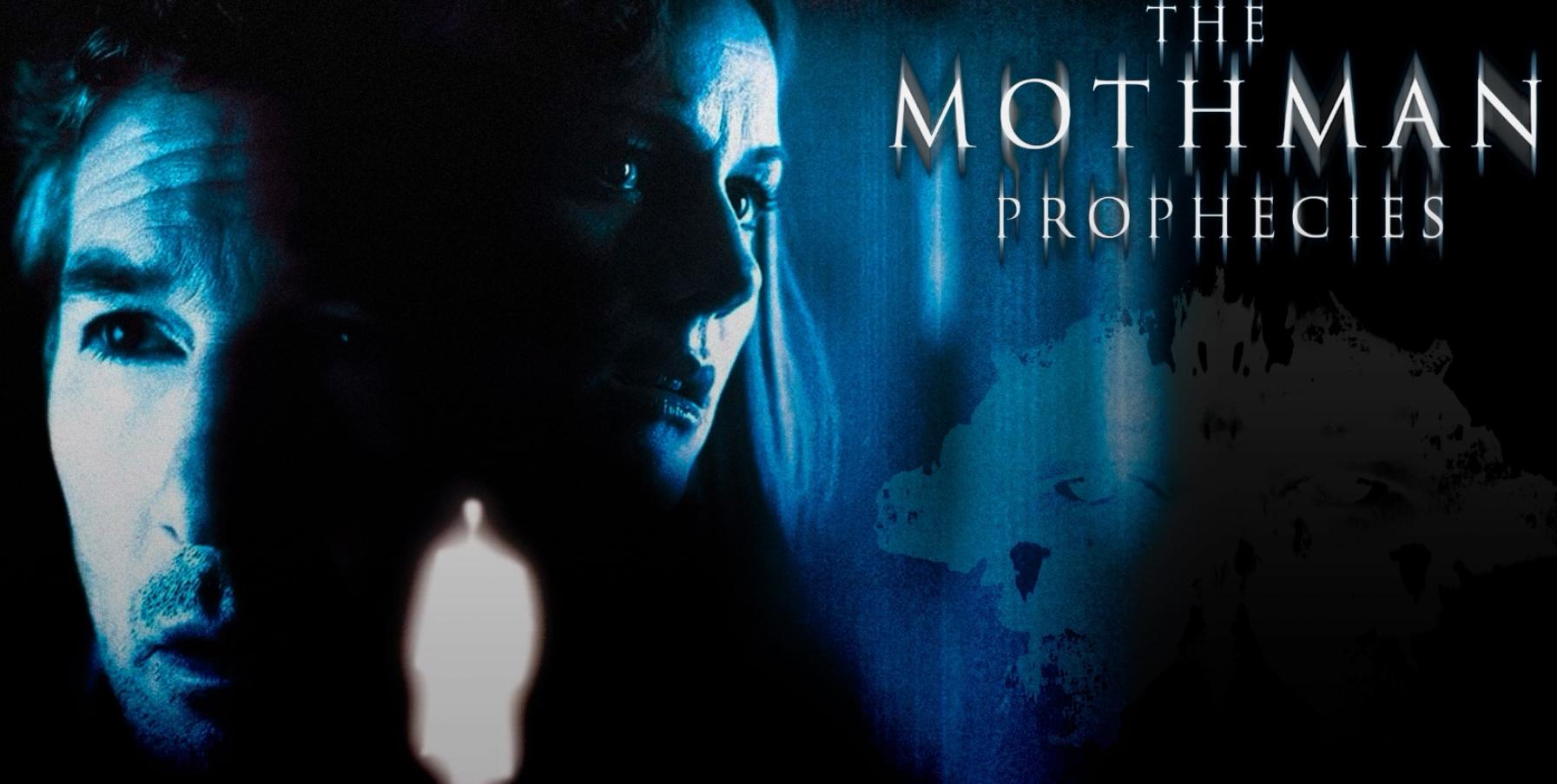
The Mothman Prophecies is a horror film directed by Mark Pellington.
The film is known for its spine-tingling and supernatural elements, and it poses more questions than it answers, leaving the audience to ponder the nature of the events depicted. The film is inspired by the events in Point Pleasant in 1966, where residents claimed to sight a human sized, moth-like flying creature with glowing red eyes.
Dahmer (2002)
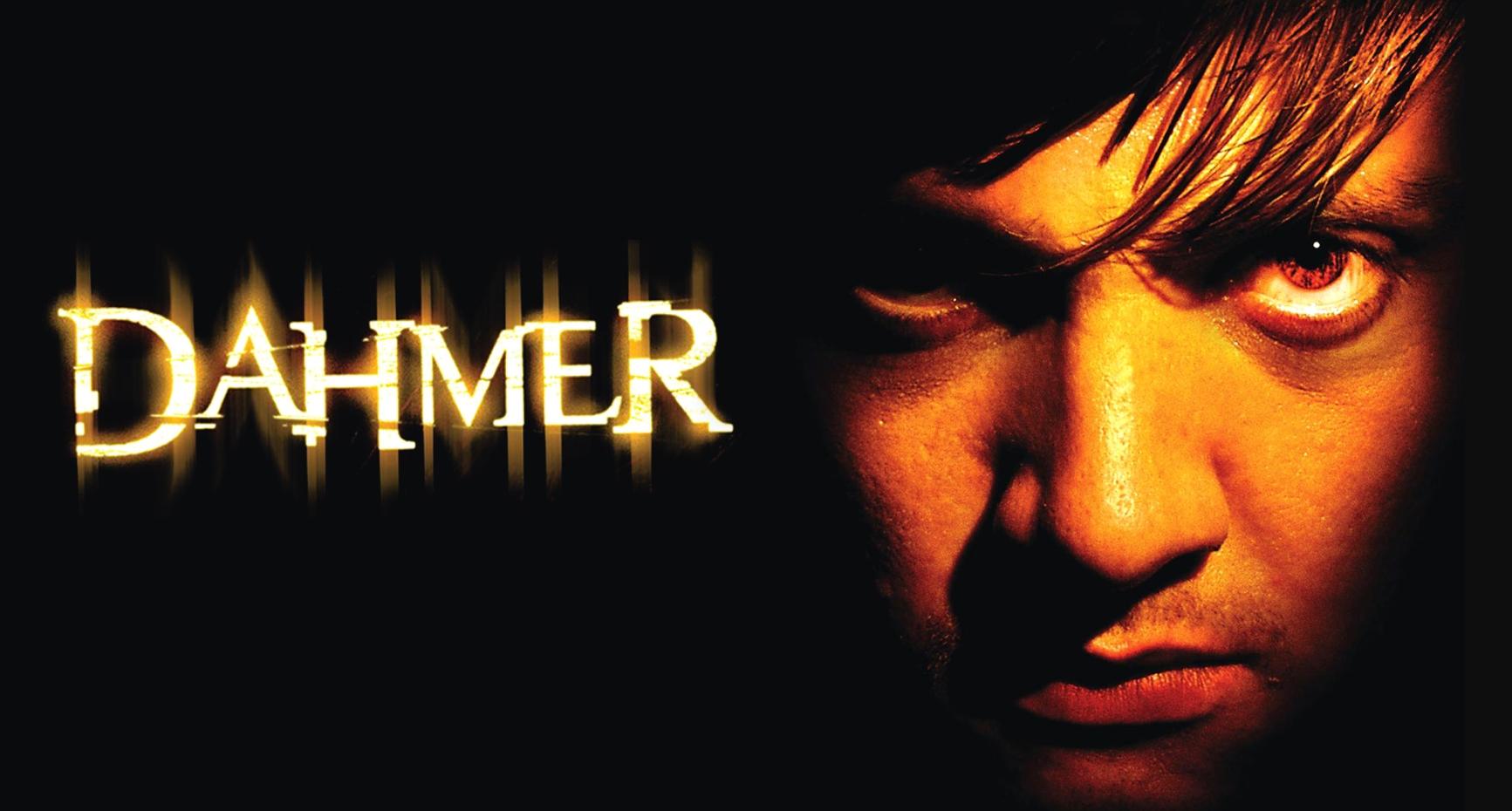
Dahmer, directed by David Jacobson and starring Jeremy Renner, is based on the infamous serial killer Jeffrey Dahmer. Dahmer is a notorious serial killer and sex offender, known for murdering 17 men between 1978 and 1991.
Many of the scenes in the movie are based on true events, with only the names of the victims changed out of respect for the families. The film provides an emotionally riveting and chilling portrayal of Dahmer’s heinous acts, shedding light on the disturbing reality of his crimes.
Scream (1996)
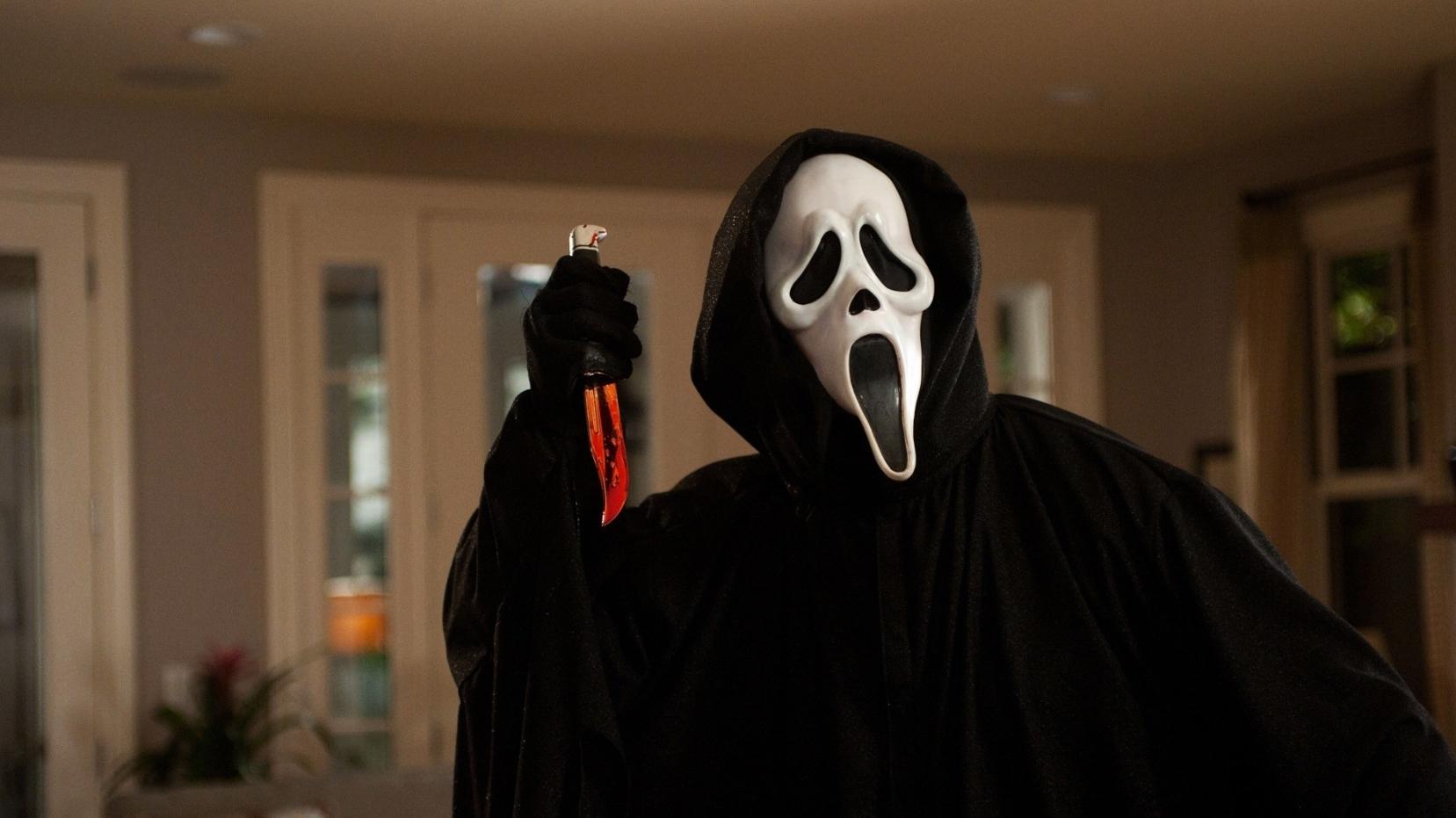
Scream is based on the true story of the Gainesville Ripper, a serial killer named Danny Rolling. Screenwriter Kevin Williamson drew inspiration after watching a show about the Rippers’ crimes.
The Gainesville Ripper’s heinous actions and the impact of his crimes on the community provided a haunting and disturbing backdrop for the development of “Scream.”
Fire in the Sky (1993)
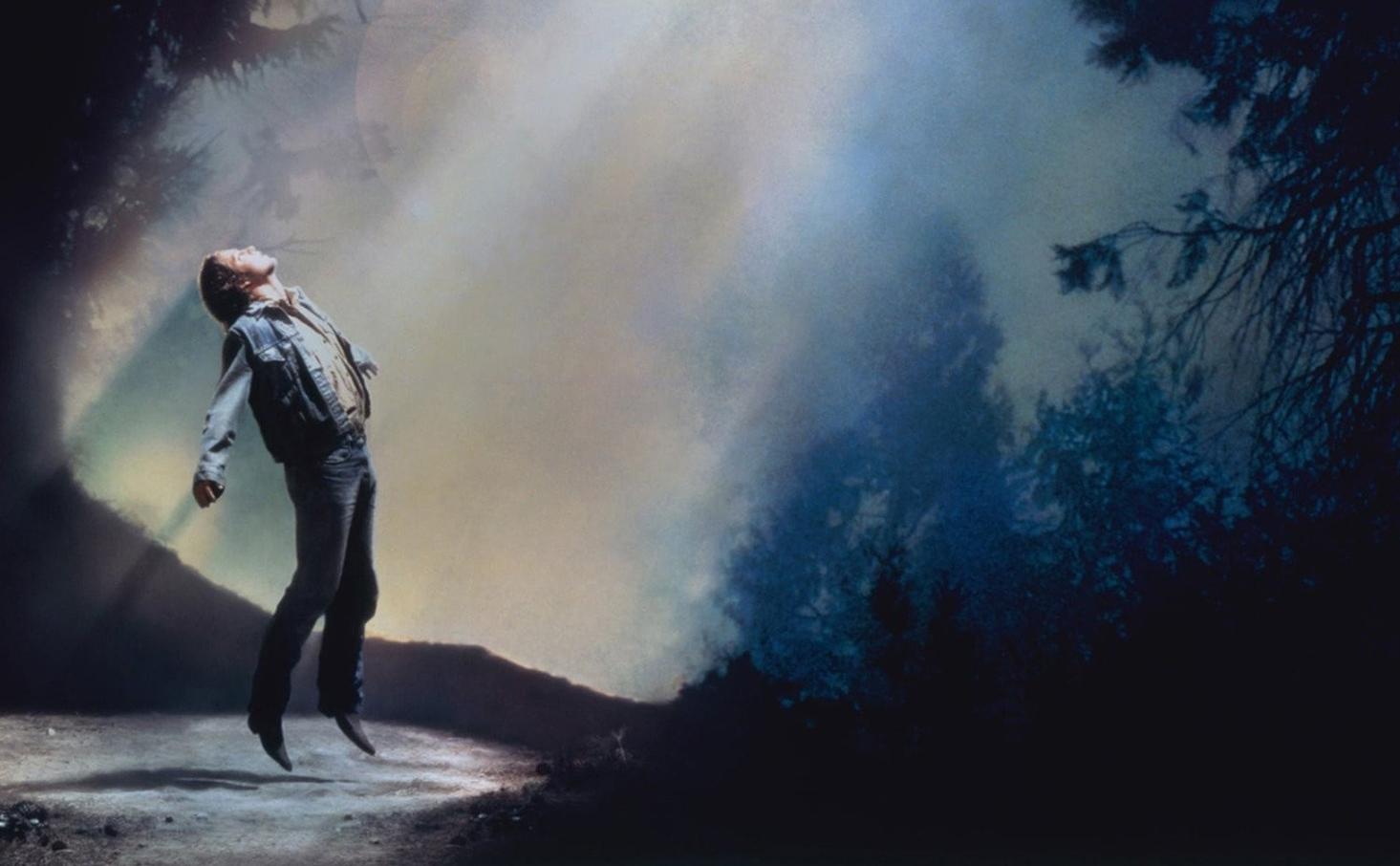
Fire in the Sky is based on the story of. Travis Walton, who claimed to have been abducted by aliens in 1975. Walton actually went missing for five days prior to his return to Snowflake, Arizona.
The film draws from the accounts of Travis Walton, creating a compelling and disturbing portrayal of alien abduction.
The Silence of the Lamb (1991)
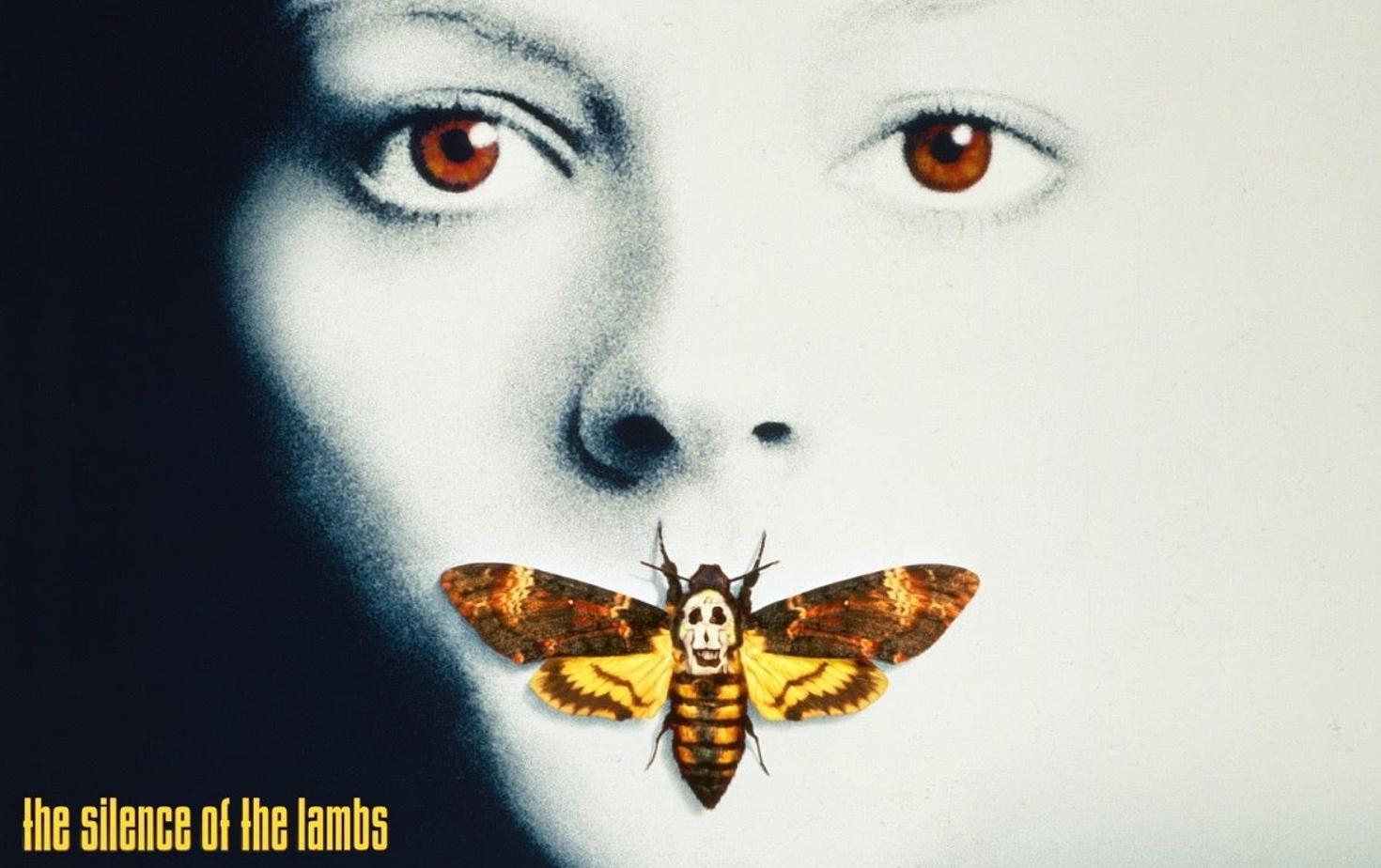
The Silence of the Lamb is considered a fictional movie, but at its core, it is based on a few different real-life serial killers. Some of the serial killers include Gary Heidnik and Ted Bundy as reference points for Buffalo Bill.
Despite the fact this is a fictional movie, it does draw on the disturbing and horrifying realities of the criminals to create a compelling and terrifying narrative.
Dead Ringers (1988)
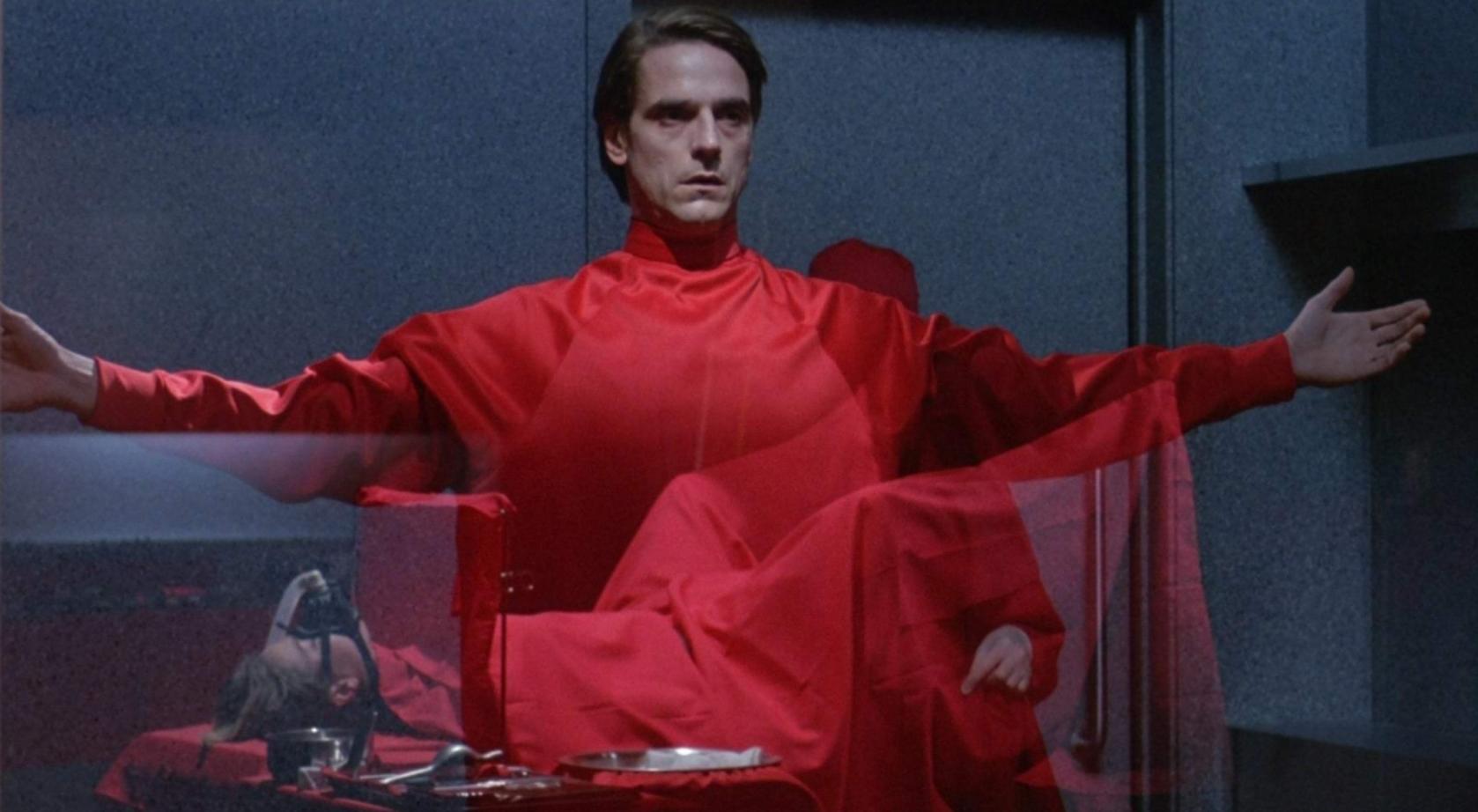
Dead Ringers is based on twin gynecologists Stewart and Cyril Marcus. The movie is centered around the Mantle brothers, reflecting the fates of the real-life Marcus twins, depicting their codependency, professional success, and ultimate downfall.
The film’s portrayal of the twins’ descent into darkness and obsession with a shared romantic interest captures the disturbing and tragic elements of the original story.
Henry: Portrait of a Serial Killer (1986)
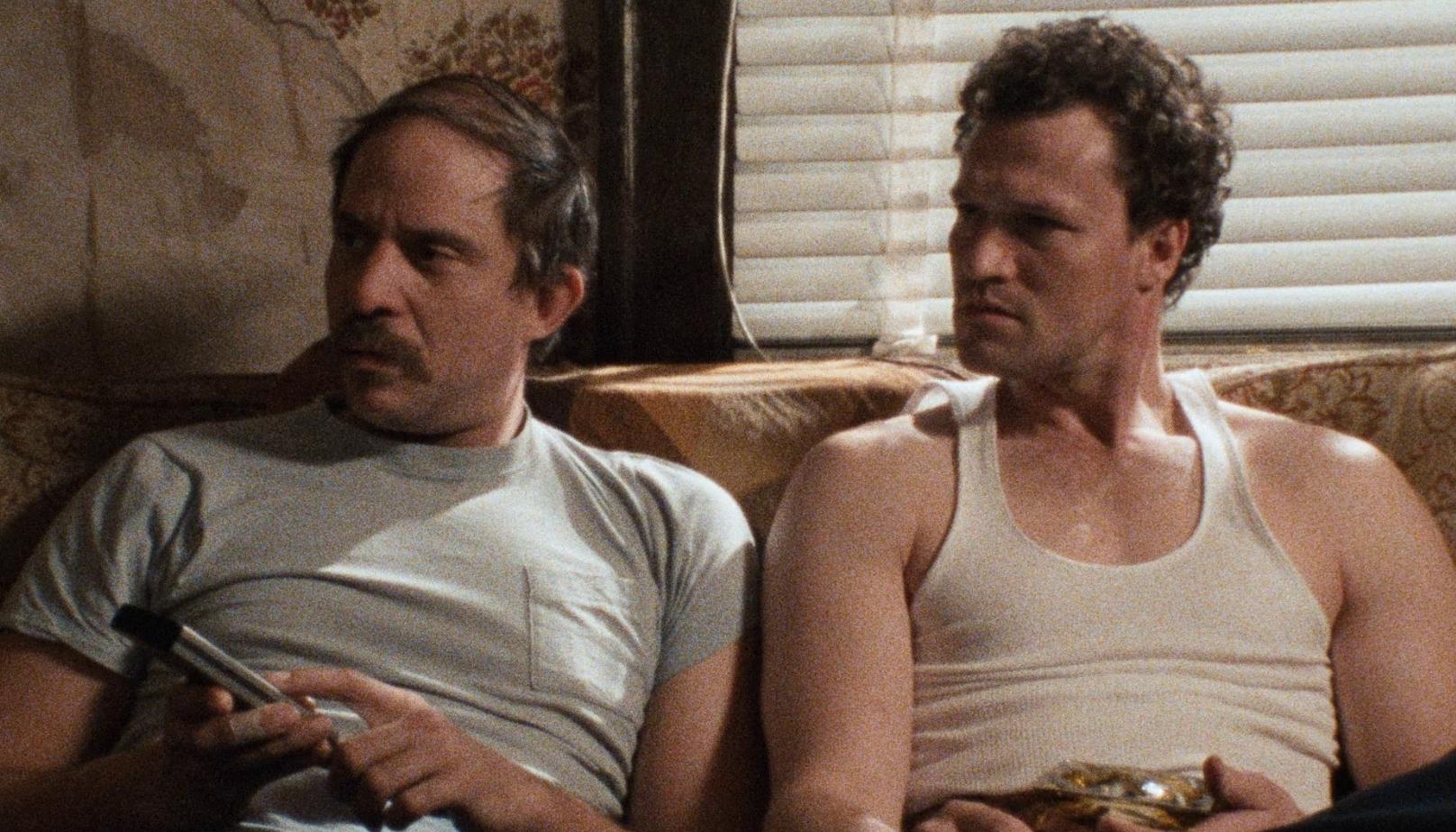
The 1986 film is loosely based on the real-life story of serial killers Henry Lee Lucas and Ottis Toole. The movie intends to portray the lives of Henry and Ottis, which ultimately draws inspiration from the awful crimes. Henry and Ottis would travel the United States in the 1970s, targeting hitchhikers, sex workers, and migrants, and their number of victims remains unknown to this date.
The film does not technically depict the true events; it does portray the characters and their terrifying actions.
Nightmare on Elm Street (1984)
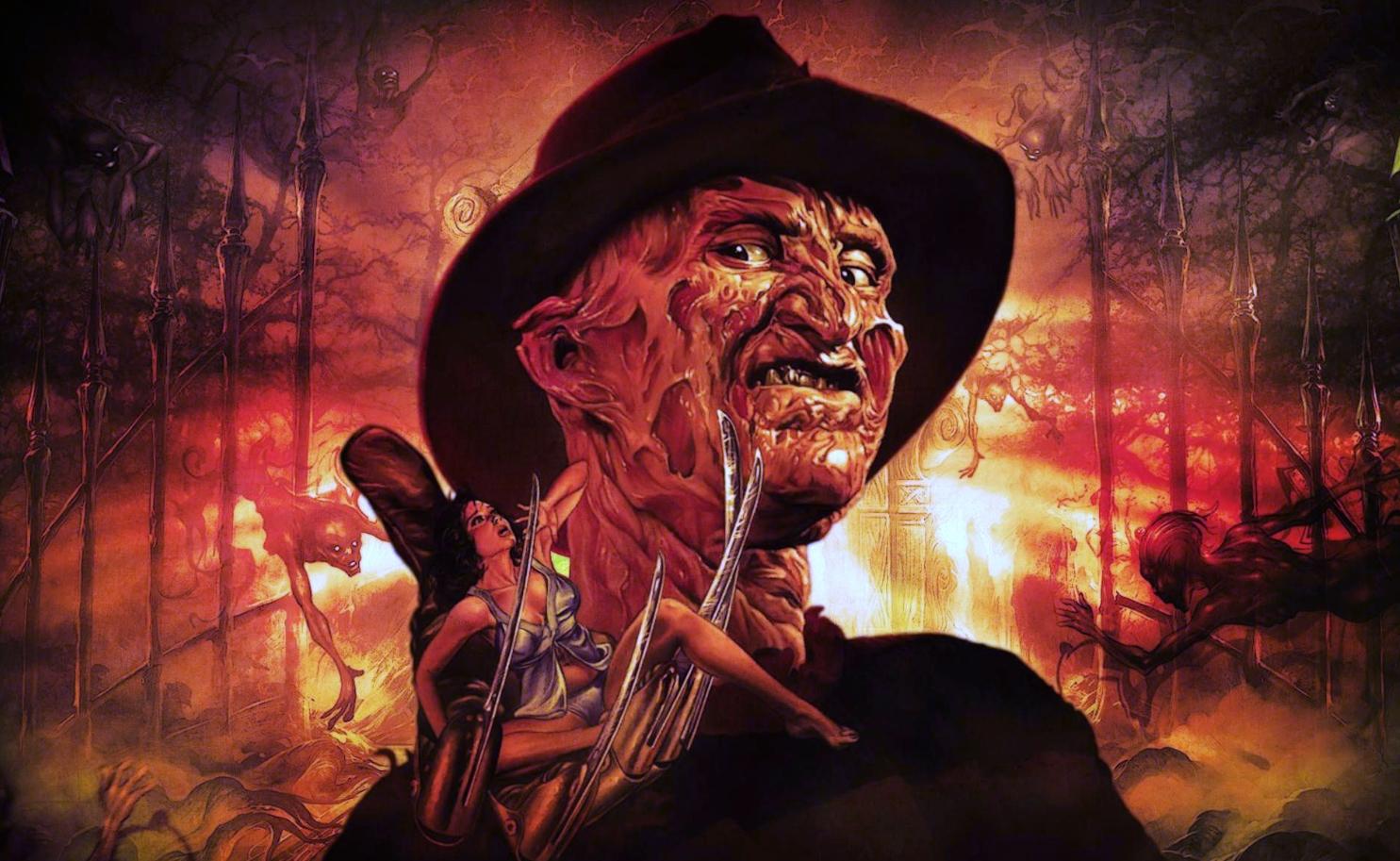
A Nightmare on Elm Street is another top and infamous horror film with Freddy Krueger terrorizing teenagers in their dreams. The storyline revolves around the fictional character Freddy Krueger attacking teenagers in their dreams, with the 2010 remake providing a reimagined take on the original plot.
The movie was inspired by a phenomenon known as Sudden Unexplained Nocturnal Death Syndrome experienced by young men from the Hmong ethnic group in Laos. Wes Craven, the director, came across an article in the LA Times about a Cambodian family who escaped genocide but faced nightmares and death.
The Amityville Horror (1979)
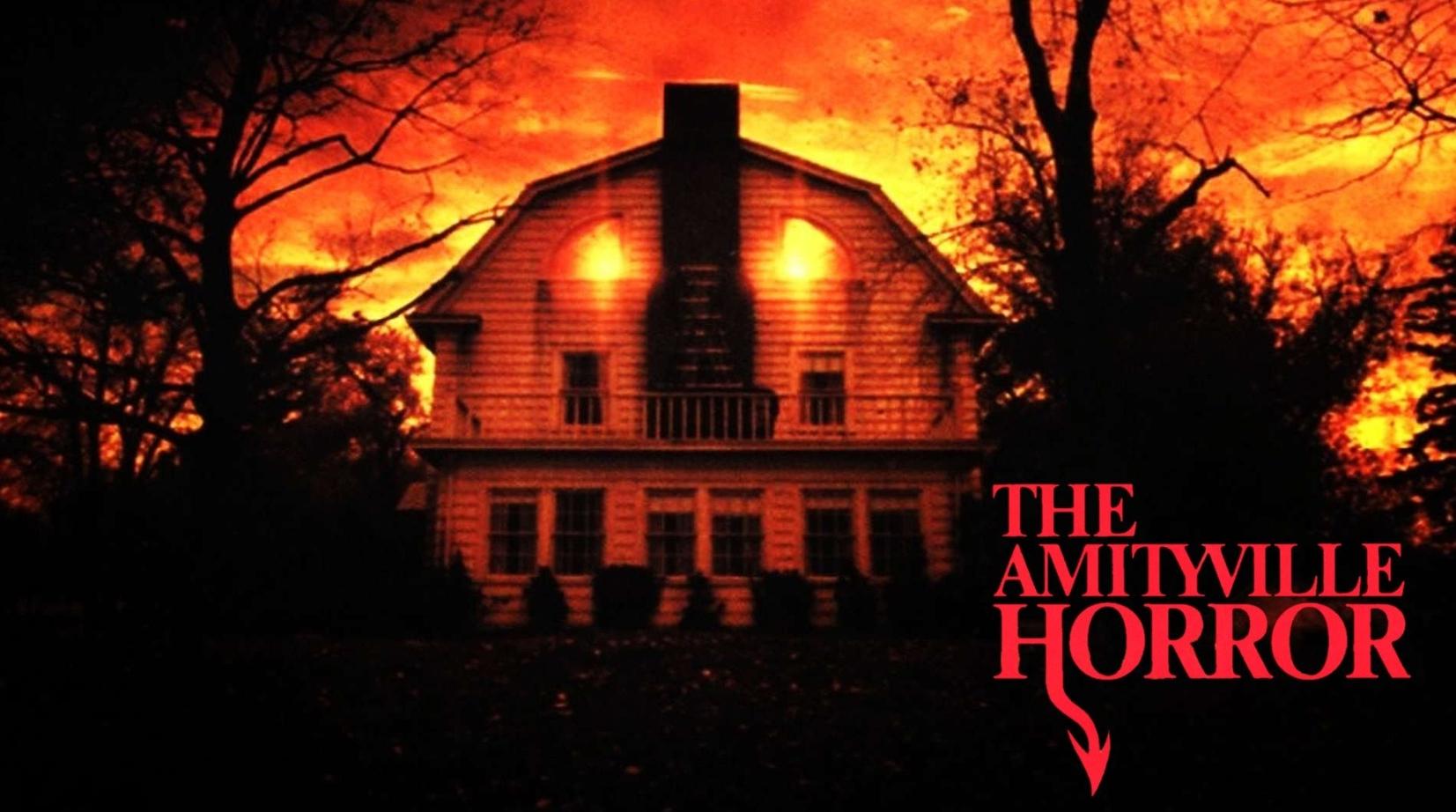
The Amityville Horror is based on the story of Ronald J. DeFeo Jr., who murdered his family in Amityville in 1974. In the movie, the Lutz family moved in a year later which claimed to experience paranormal activity. While the Lutzs’ story may be controversial, the true horror lies in the real-life murders committed by DeFeo, leaving behind an enduring mystery and captivating audiences for decades.
Both the film and book are centered around the Lutz family and their experience with supernatural phenomena.
The Hills Have Eyes (1977)
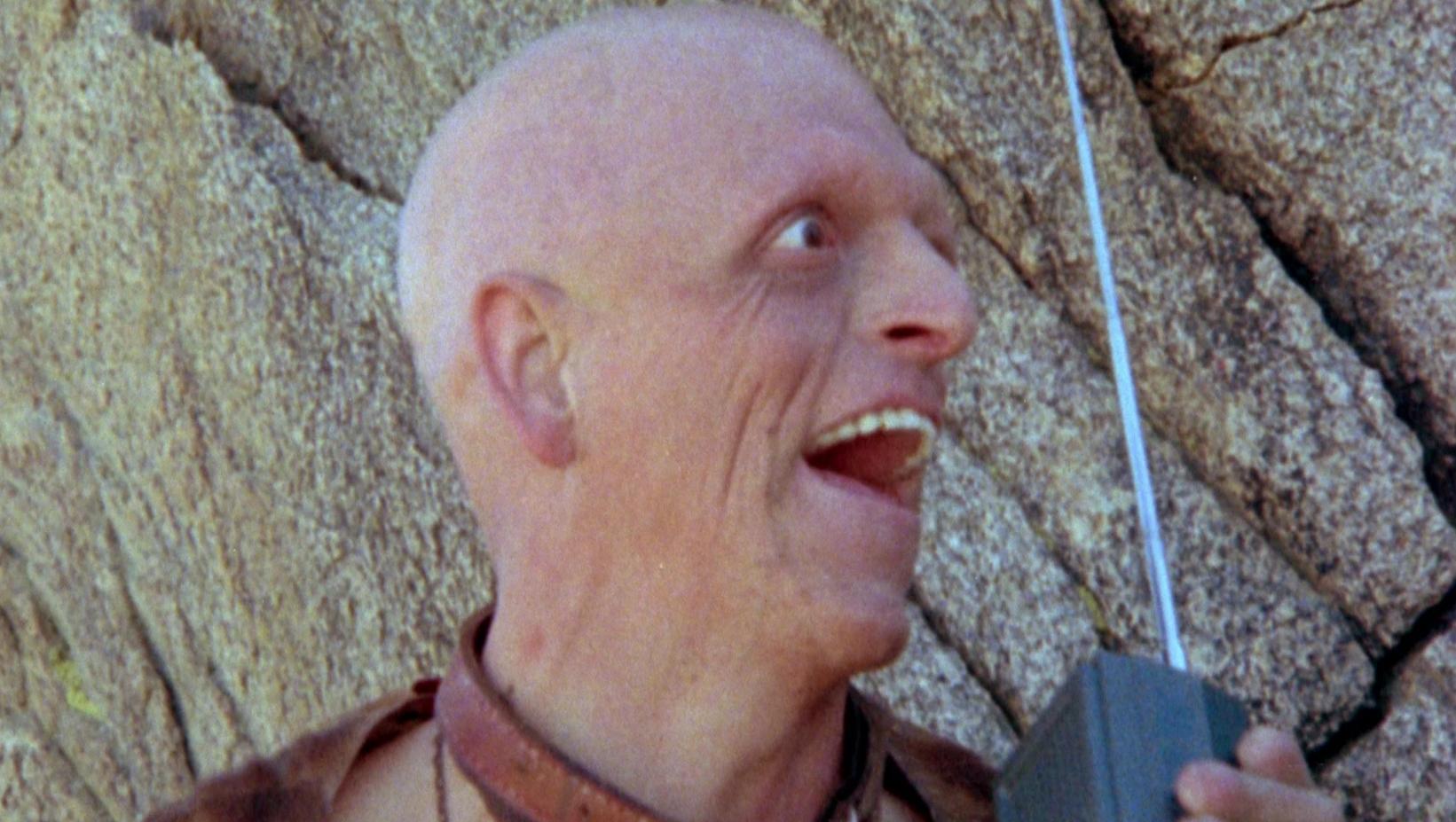
The Hills Have Eyes was inspired by Shawnee Bean, a prominent figure in Scottish folklore. Bean was supposedly the head of a clan that would not only murder but eat many different people during the 16th century. The family reportedly lived in a cave and ambushed travelers for their sustenance. While there is no historical evidence to support the existence of Sawney Bean, the tale has persisted as a part of Scottish folklore.
Wes Craven’s adaptation of this legend in “The Hills Have Eyes” added a new layer of horror to the narrative, depicting a family of mutated cannibals in the American desert. The film’s exploration of primal terror and the inhumanity within isolated communities has cemented its status as a cult classic in the horror
The Town That Dreaded Sundown (1976 and 2014)
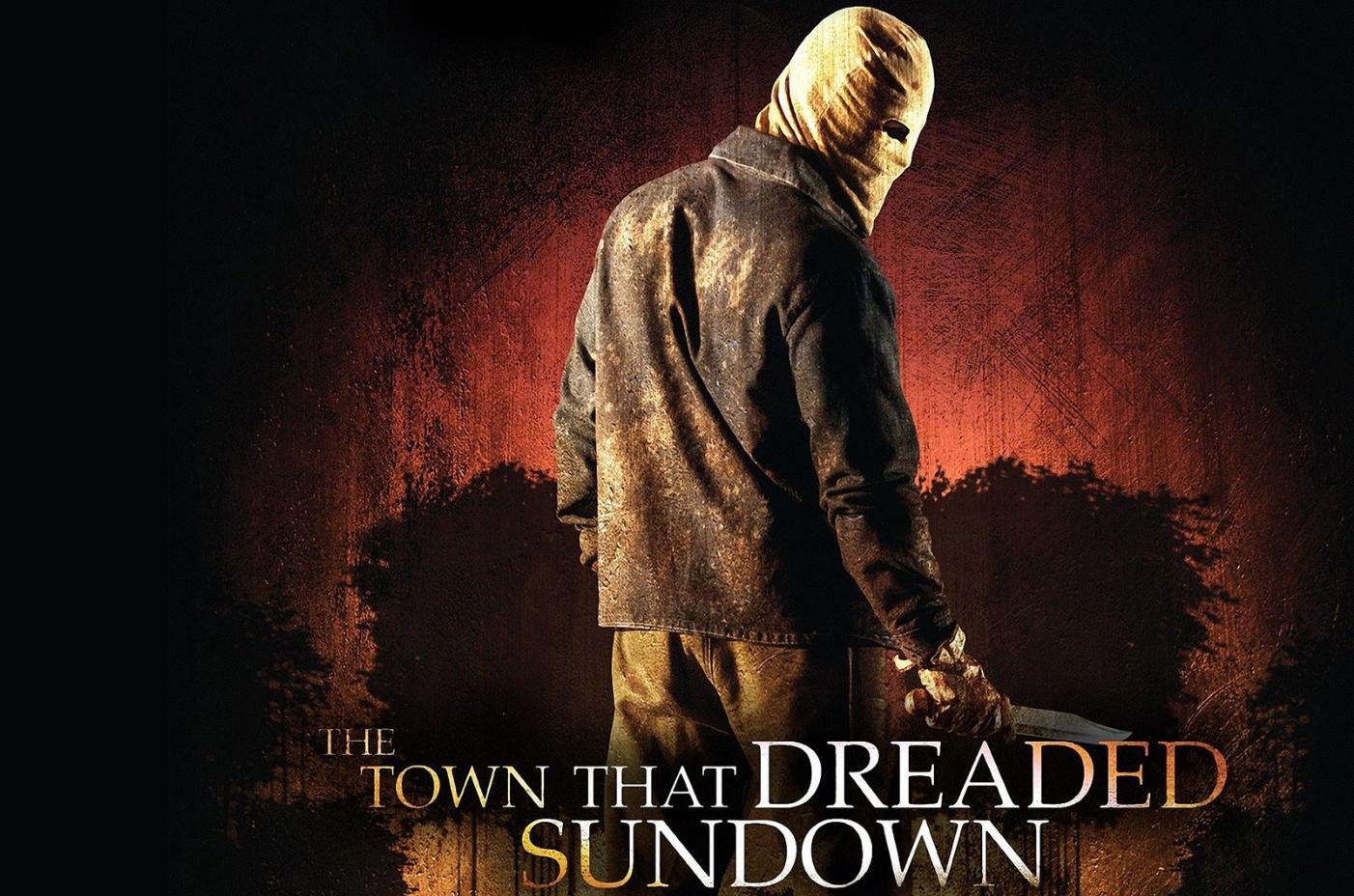
“The Town That Dreaded Sundown” is a 1976 horror film loosely based on the 1946 Texarkana Moonlight Murders, which took place in Texarkana, Texas. The movie was inspired by the real-life unsolved case of the “Phantom Killer.” The assailant terrorized the community for ten long weeks, targeting young couples in private areas.
The film has become a cult classic and was remade in 2014, continuing to draw on the chilling legacy of the true events that inspired it.
Jaws (1975)
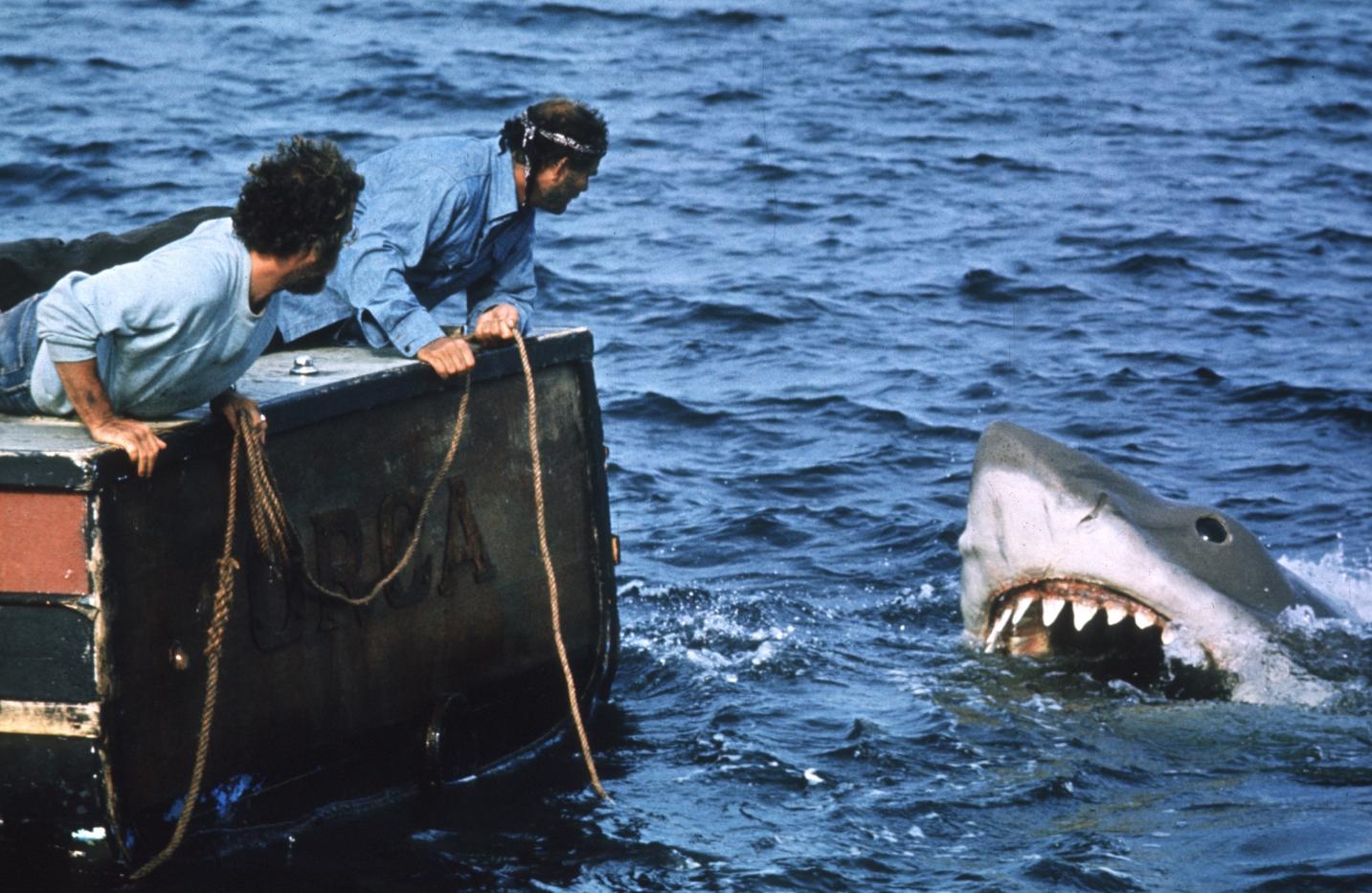
Shark attacks are a common fear among many different people. The original Jaws was based on a book created by Peter Benchley, inspired by shark fisherman Frank Mundas.
Captain Quint (Robert Shaw) was modeled after the Long Island native, despite Benchley’s denial. Shaw personally confirmed the tie between Mundus and his character.
The Texas Chainsaw Massacre (1974)
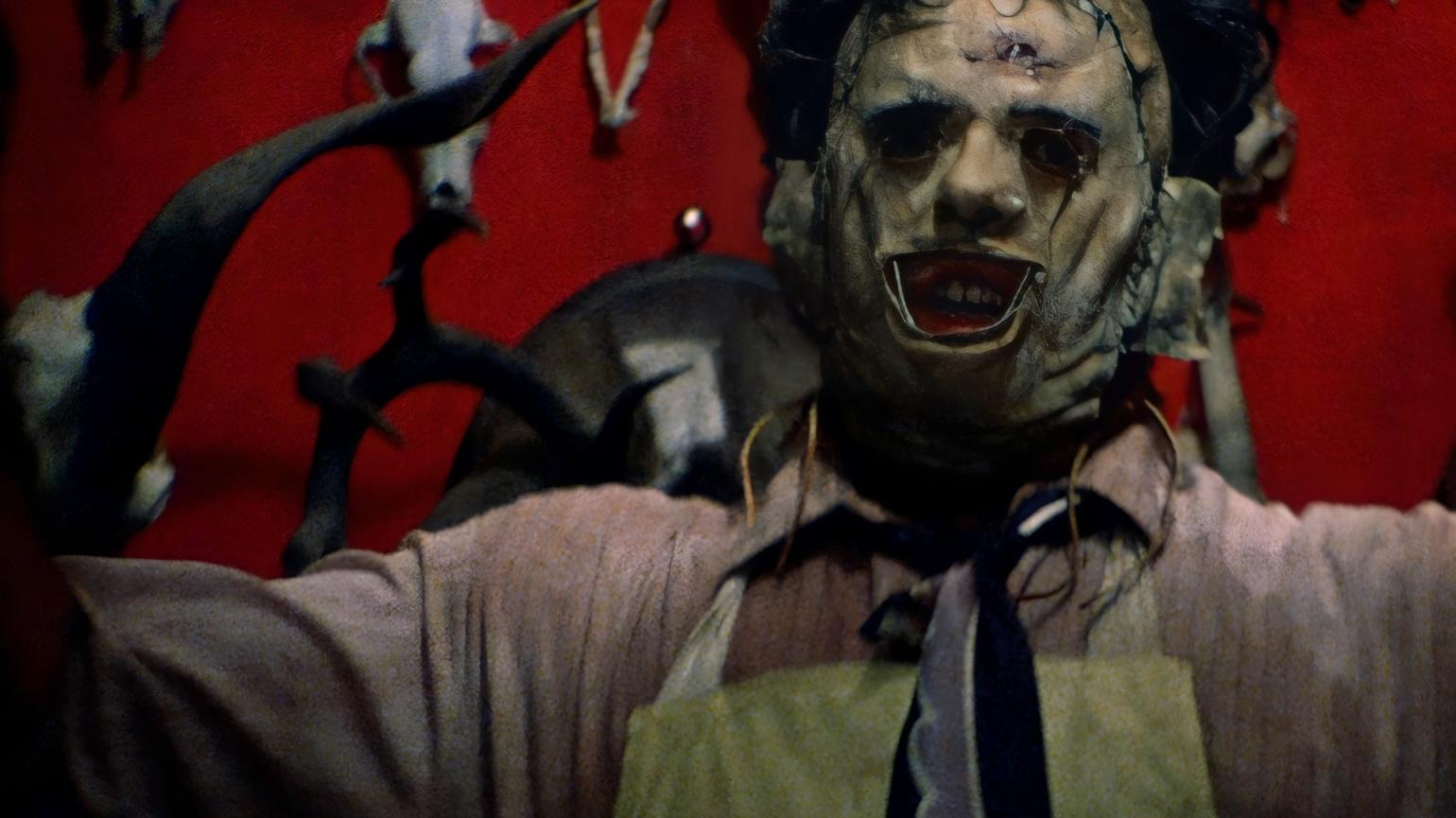
The Texas Chainsaw Massacre is, of course, fictional but was inspired by infamous murderer Ed Gein in the 1950s. Ed Gein is known for killing a hardware store owner and even confessed to a few other murders.
Authorities even discovered Gein had exhumed several bodies from the cemetery. Gein used the bodies to create a wastebasket, lampshade, and masks from human skin. He used human skulls for his bedposts, created a belt from nipples, and used many other body parts as trophies.
The Exorcist (1973)
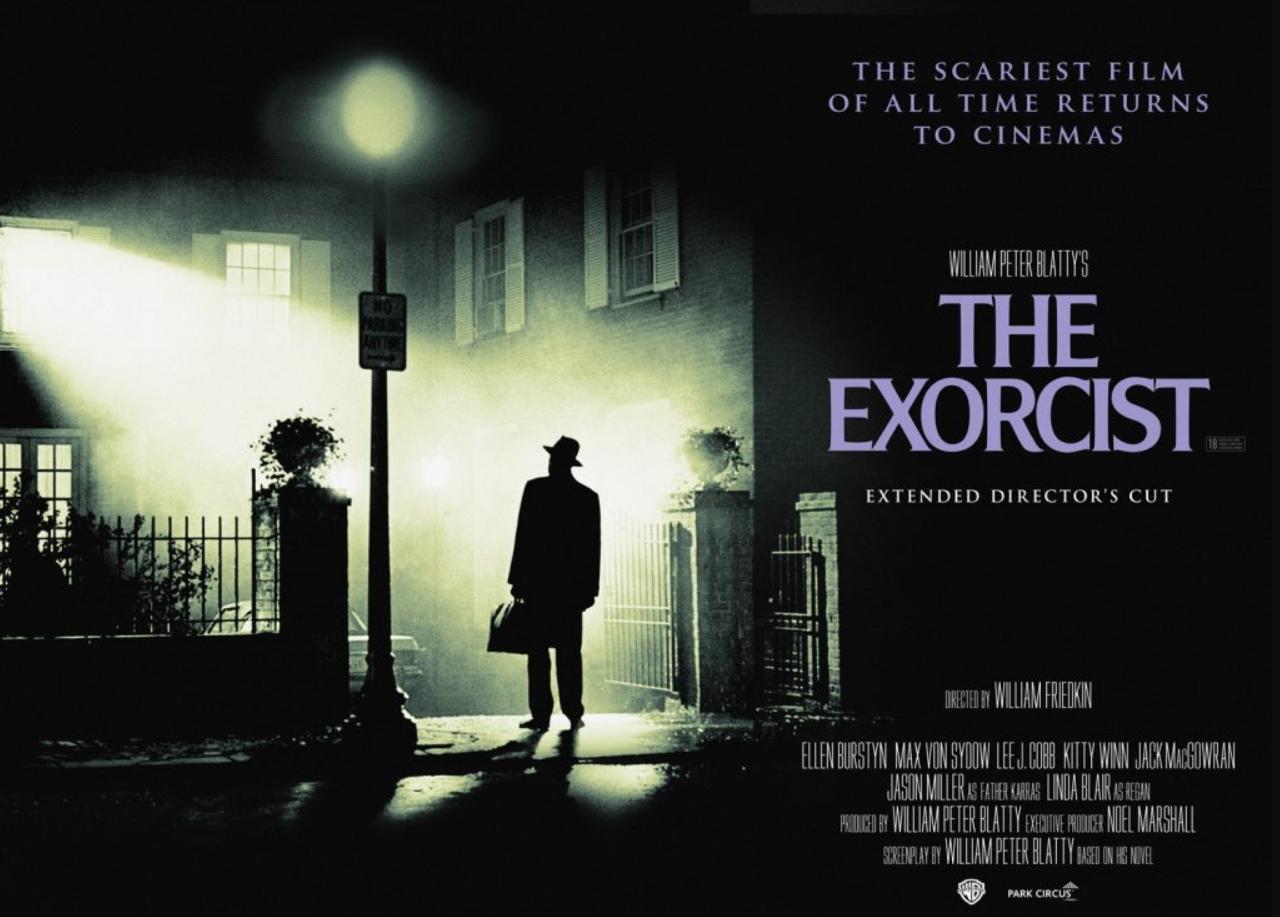
The Exorcist is frequently referred to as one of the scariest movies of all time. Technically, the movie is based on a book in 1971, a book about the exorcism of Roland Doe. Doe is the fake name given to a child who was visited in the 1940s by multiple priests, each aiming to cure him of demonic Possession.
The exorcism of the boy the movie is based on was quite unnerving. Roland would speak in a gravelly voice, throw furniture and objects, and unexplained noises. Two exorcisms, in particular, became violent, breaking the nose of one priest and even grabbing a bed spring and stabbing another priest.
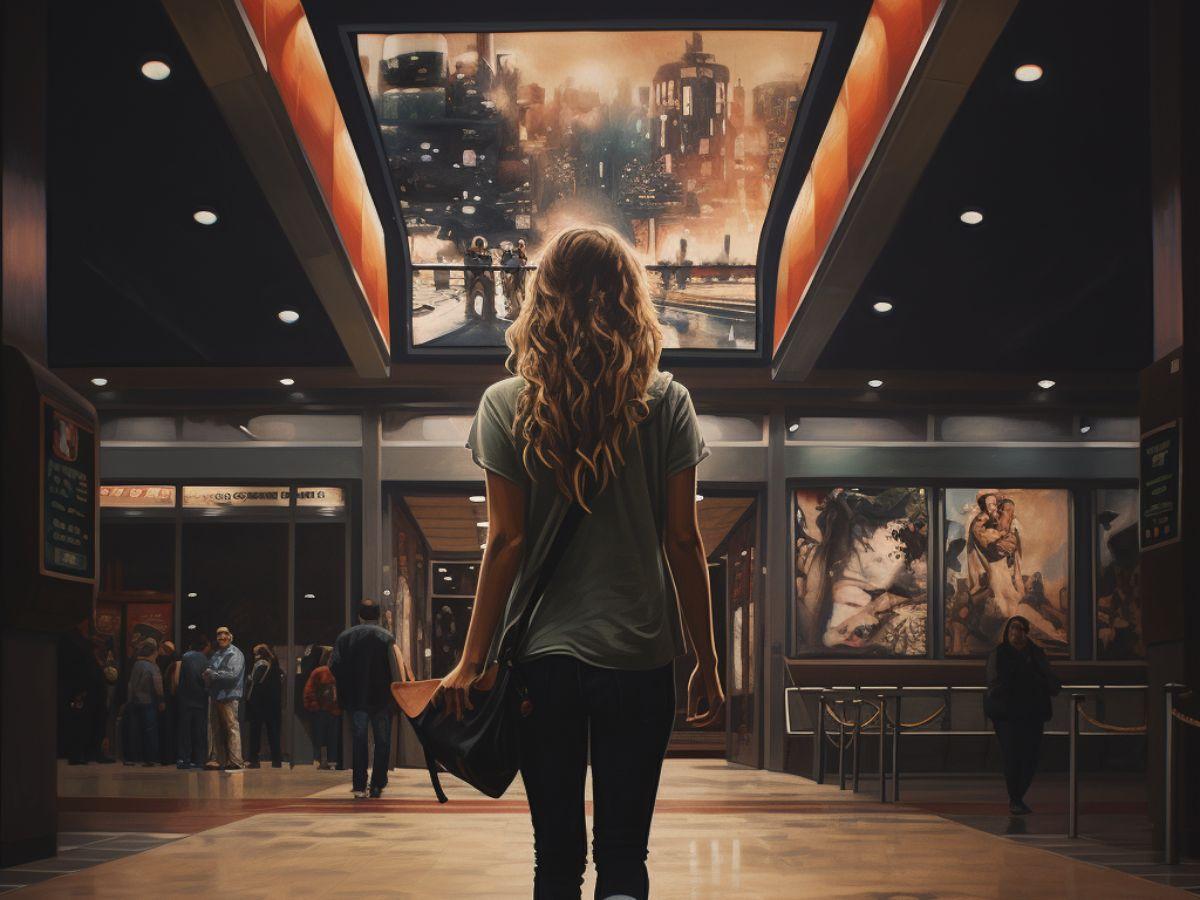
In conclusion, horror movies based on true stories have a unique impact on audiences. By drawing from real-life events, these films blur the line between fiction and reality, evoking a heightened sense of fear and unease. The knowledge that the terrifying events depicted on screen have roots in actual events adds an extra layer of horror. Whether it’s the infamous exorcism of Anneliese Michel, the chilling hauntings in Connecticut, or the brutal crimes of the Snowtown murders, these films tap into the darkest aspects of human experience.
They serve as a reminder that the most terrifying stories are often those that are rooted in truth. As audiences watch these movies, they are confronted with the unsettling notion that the world can be a deeply frightening place and that the human capacity for horror knows no bounds. This connection to real events heightens the impact of these films, leaving viewers with a lingering sense of dread and a heightened awareness of the horrors that exist in the world.

